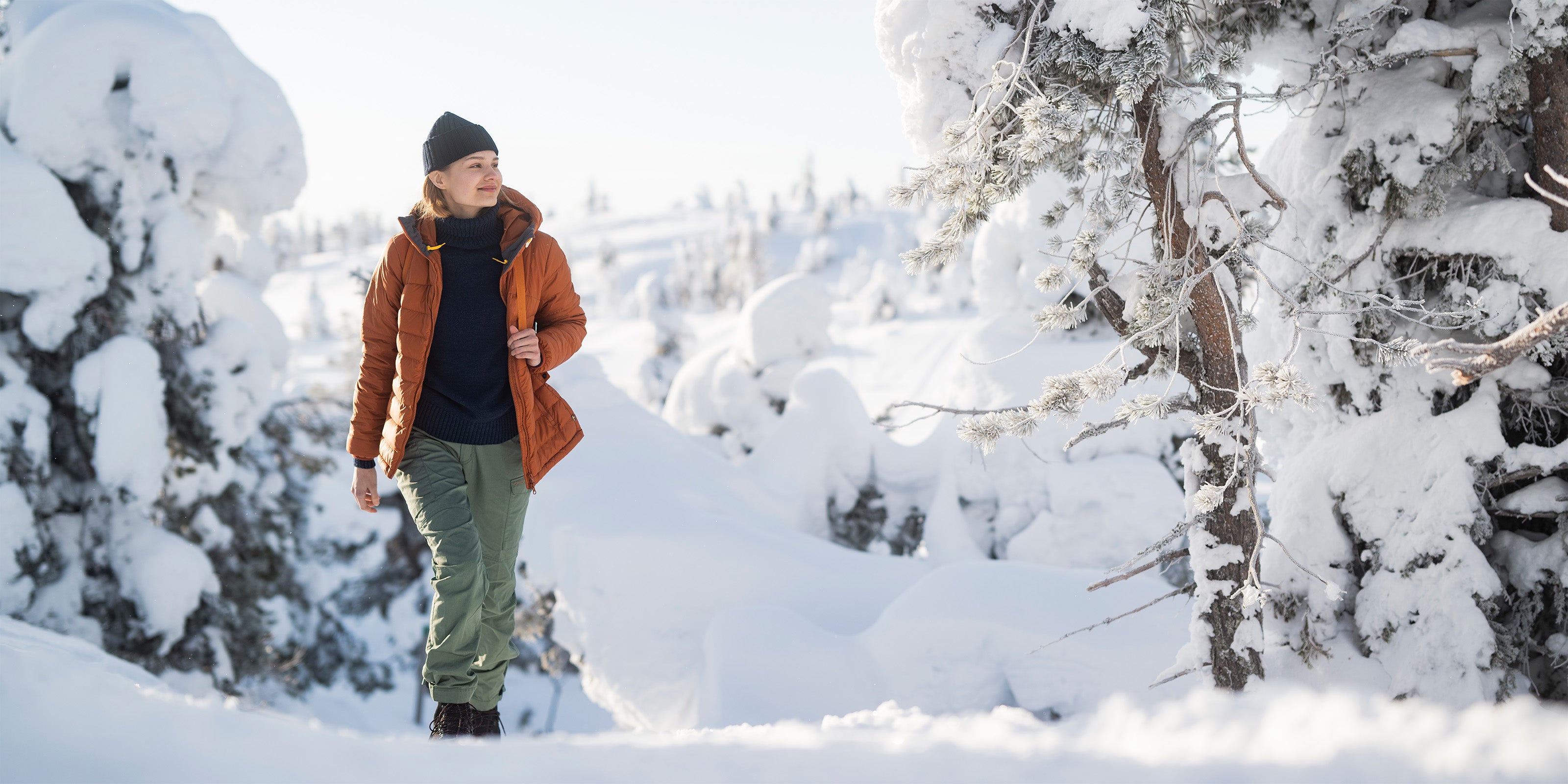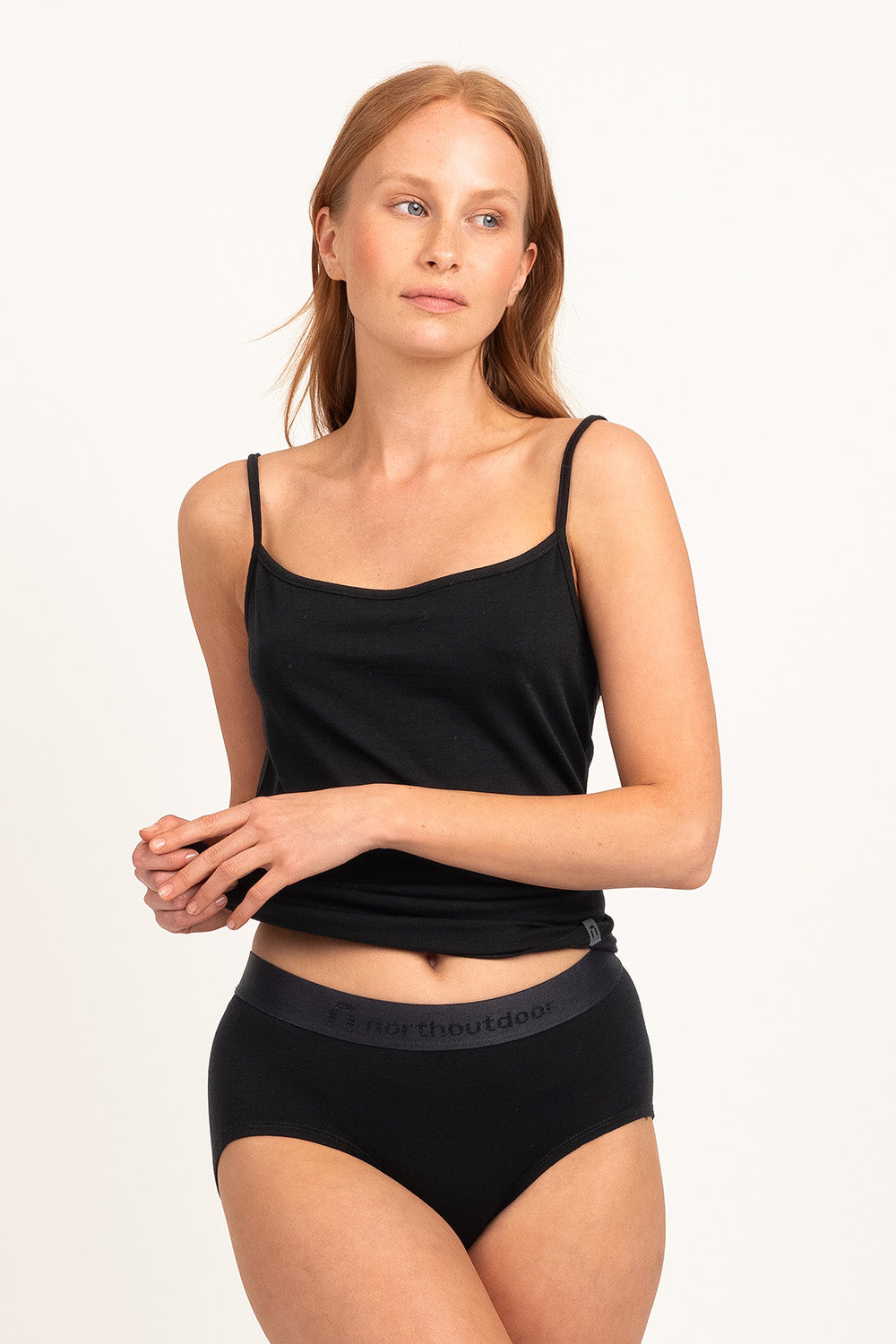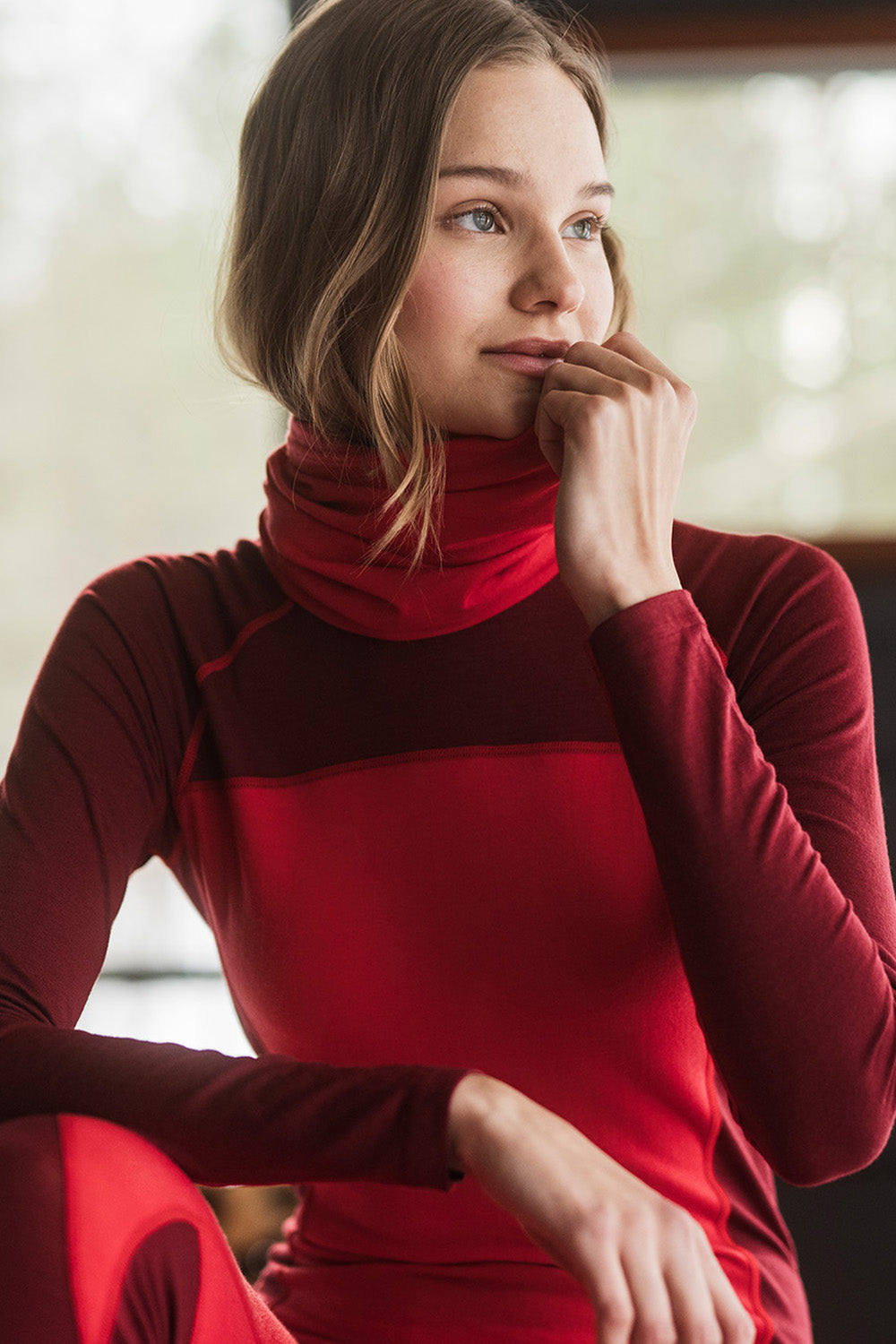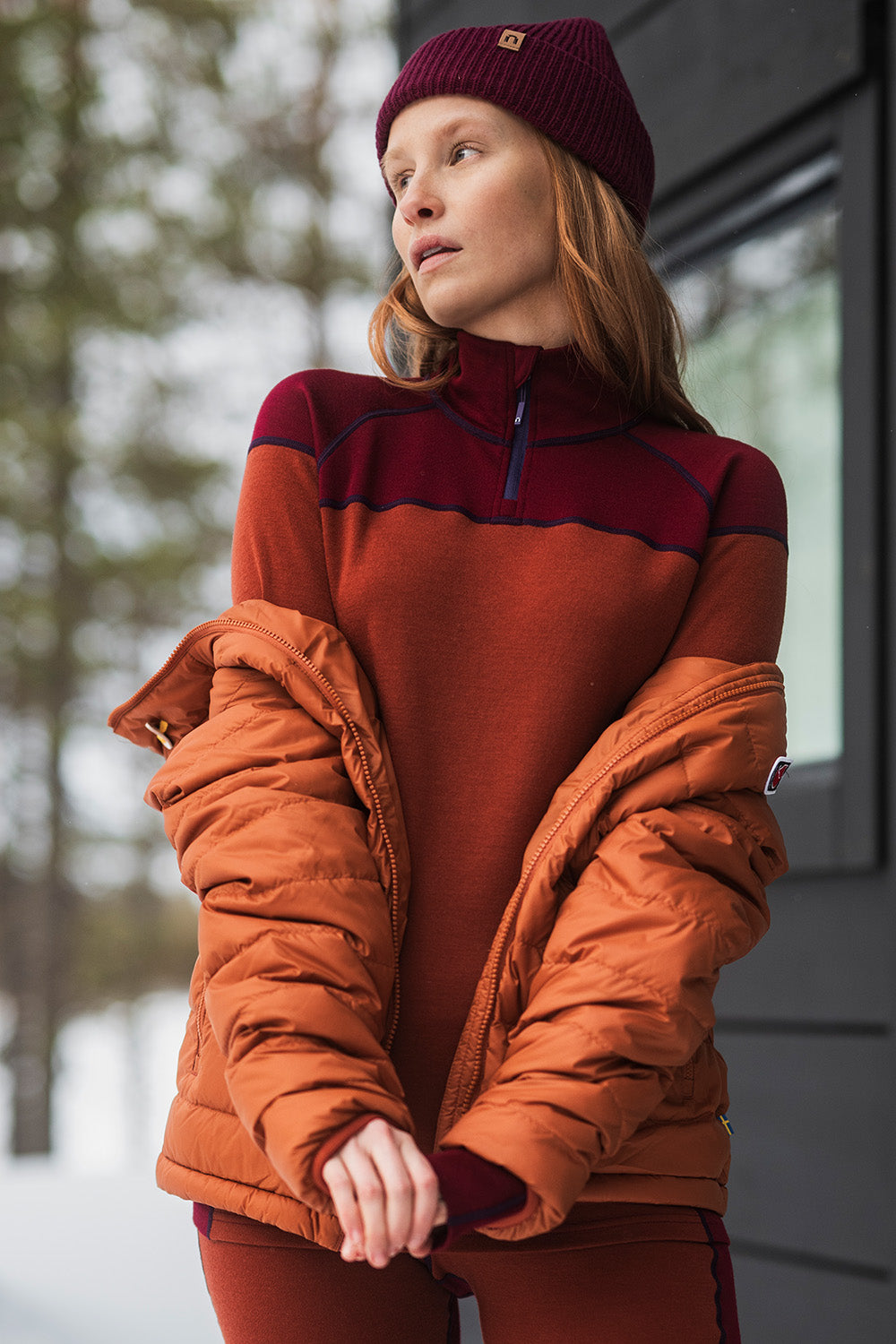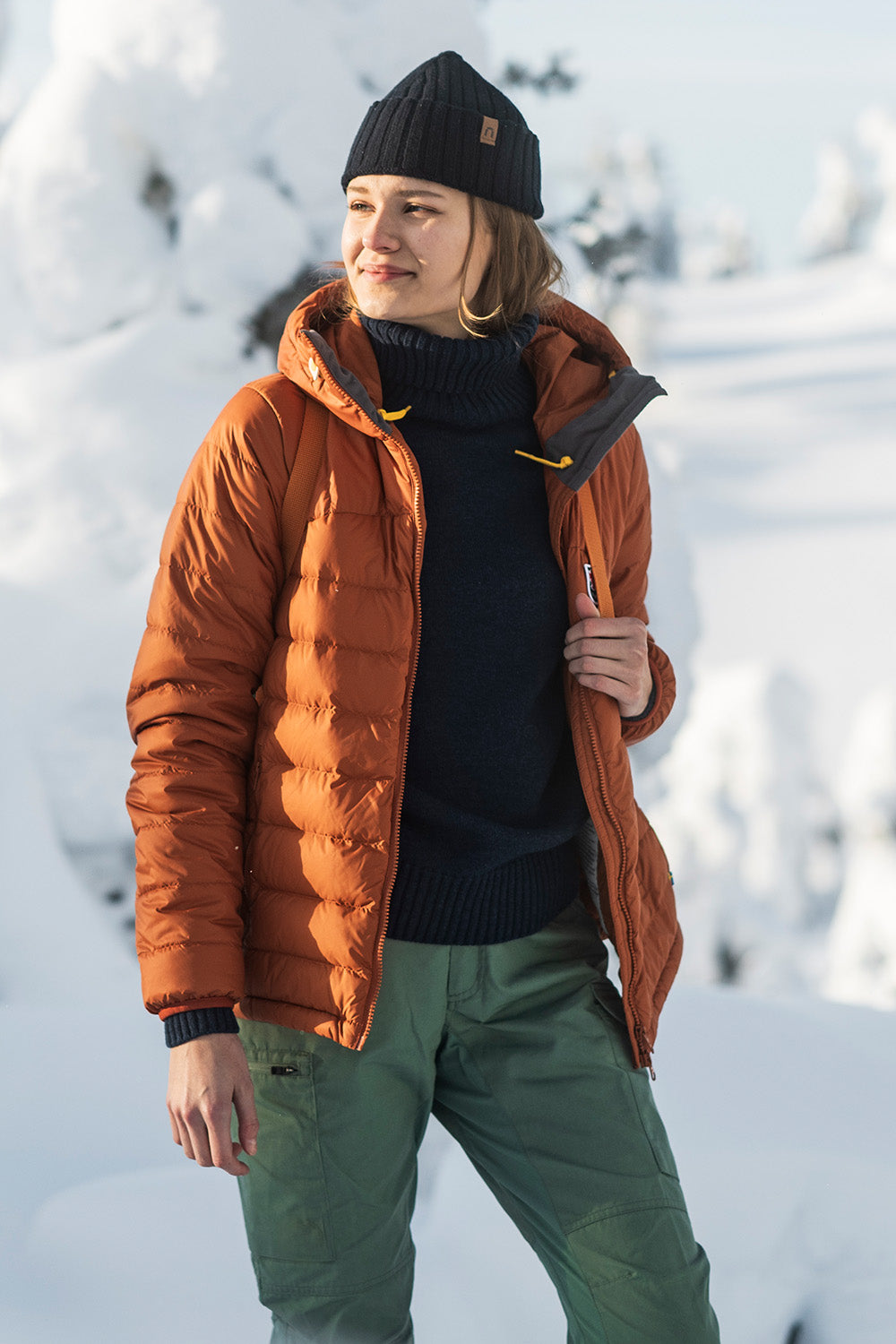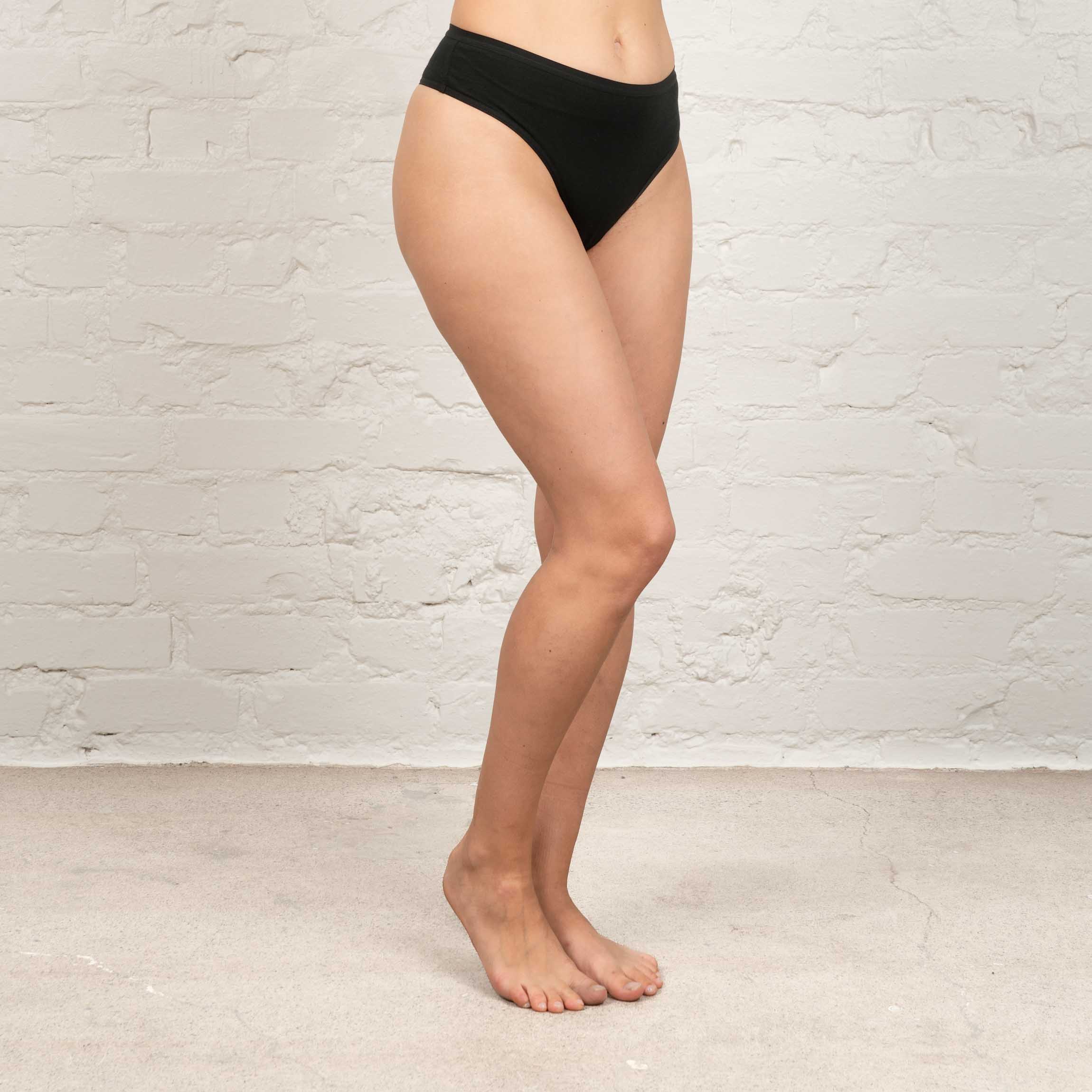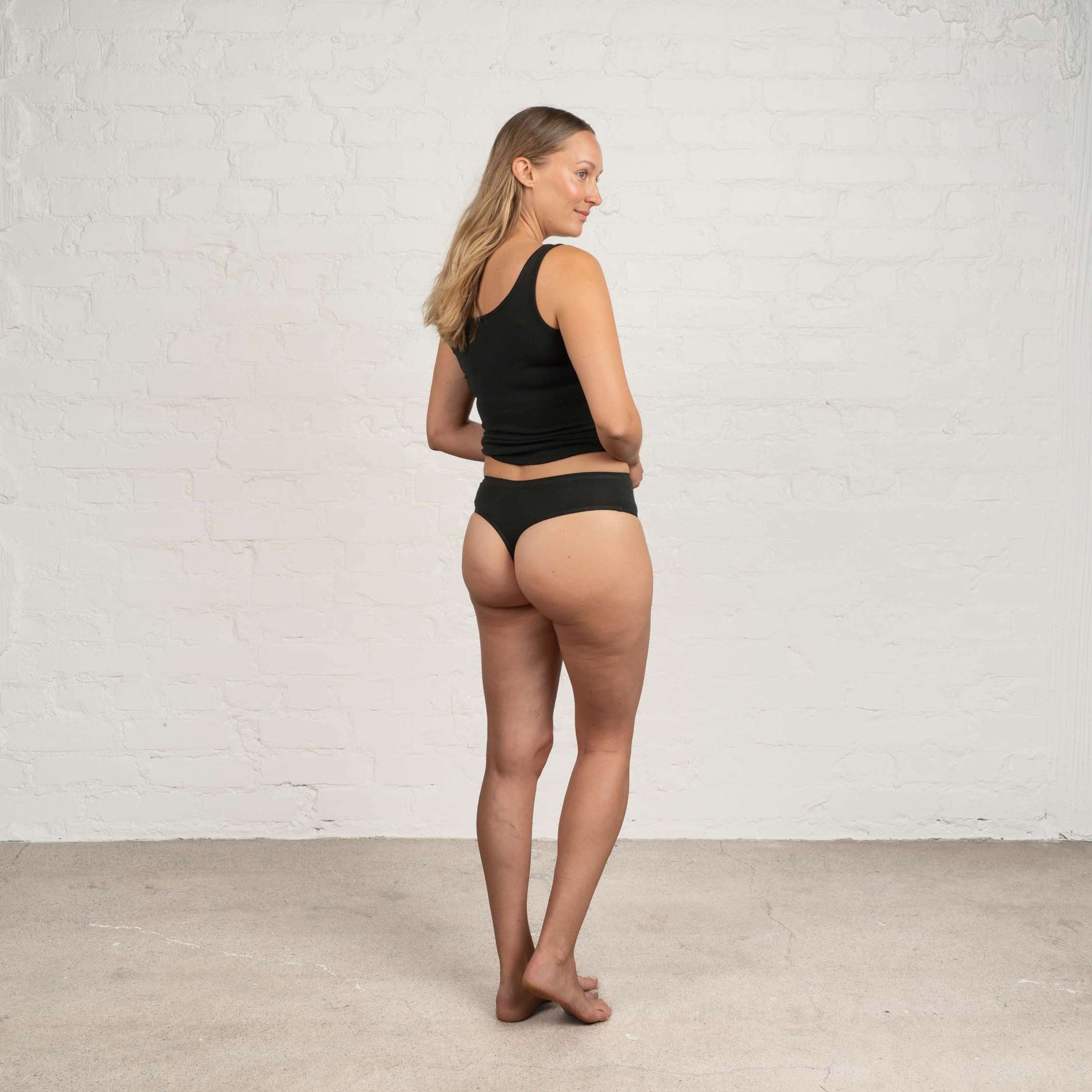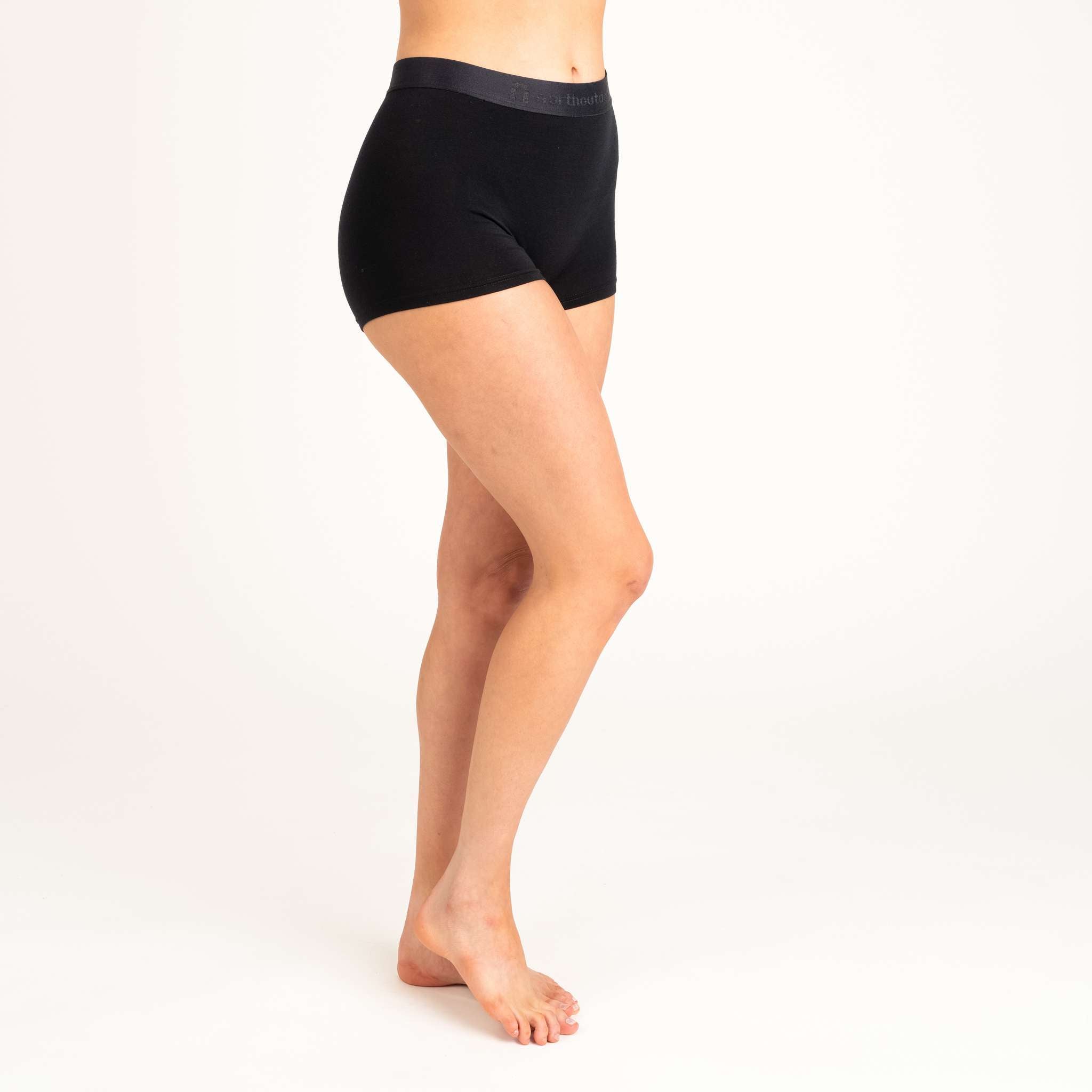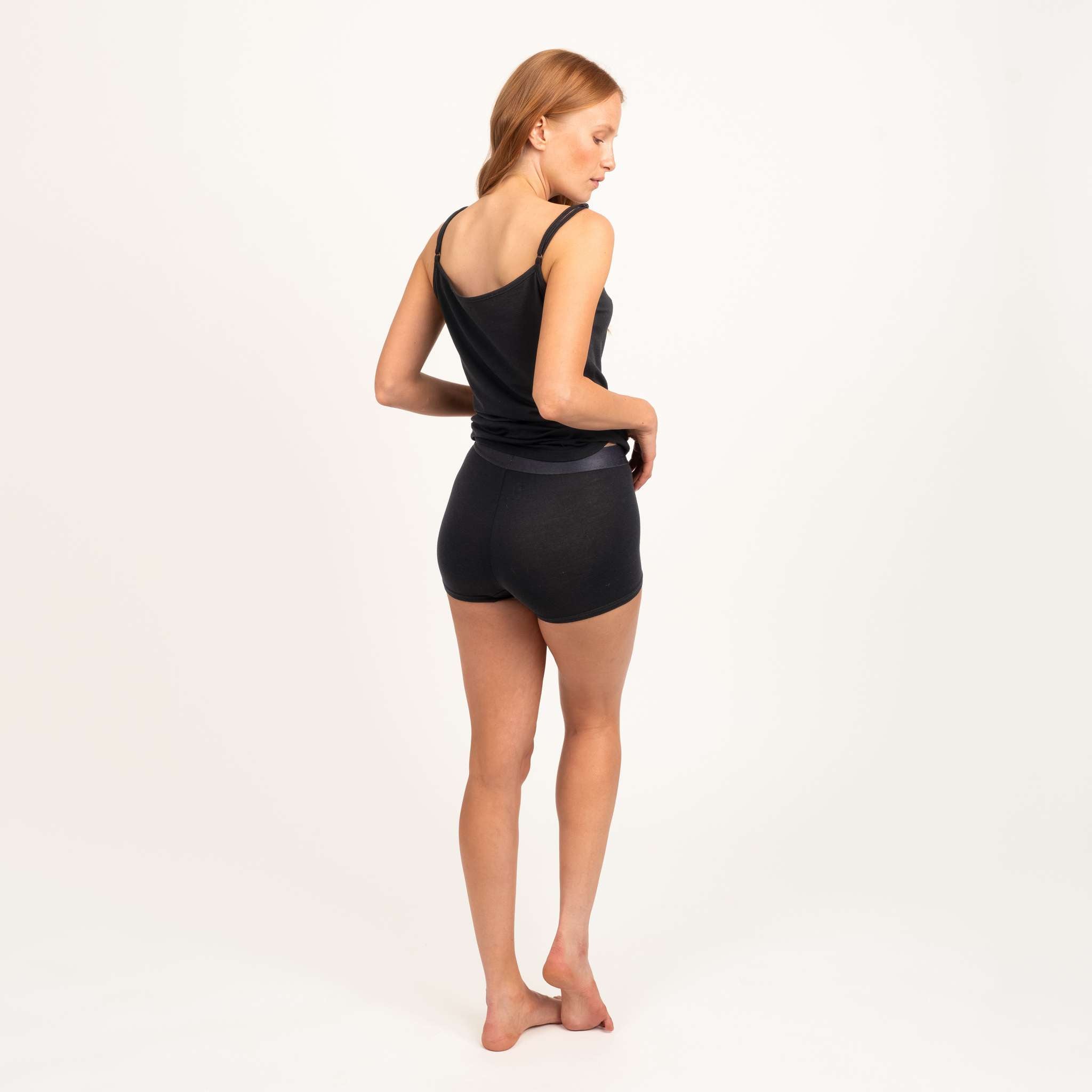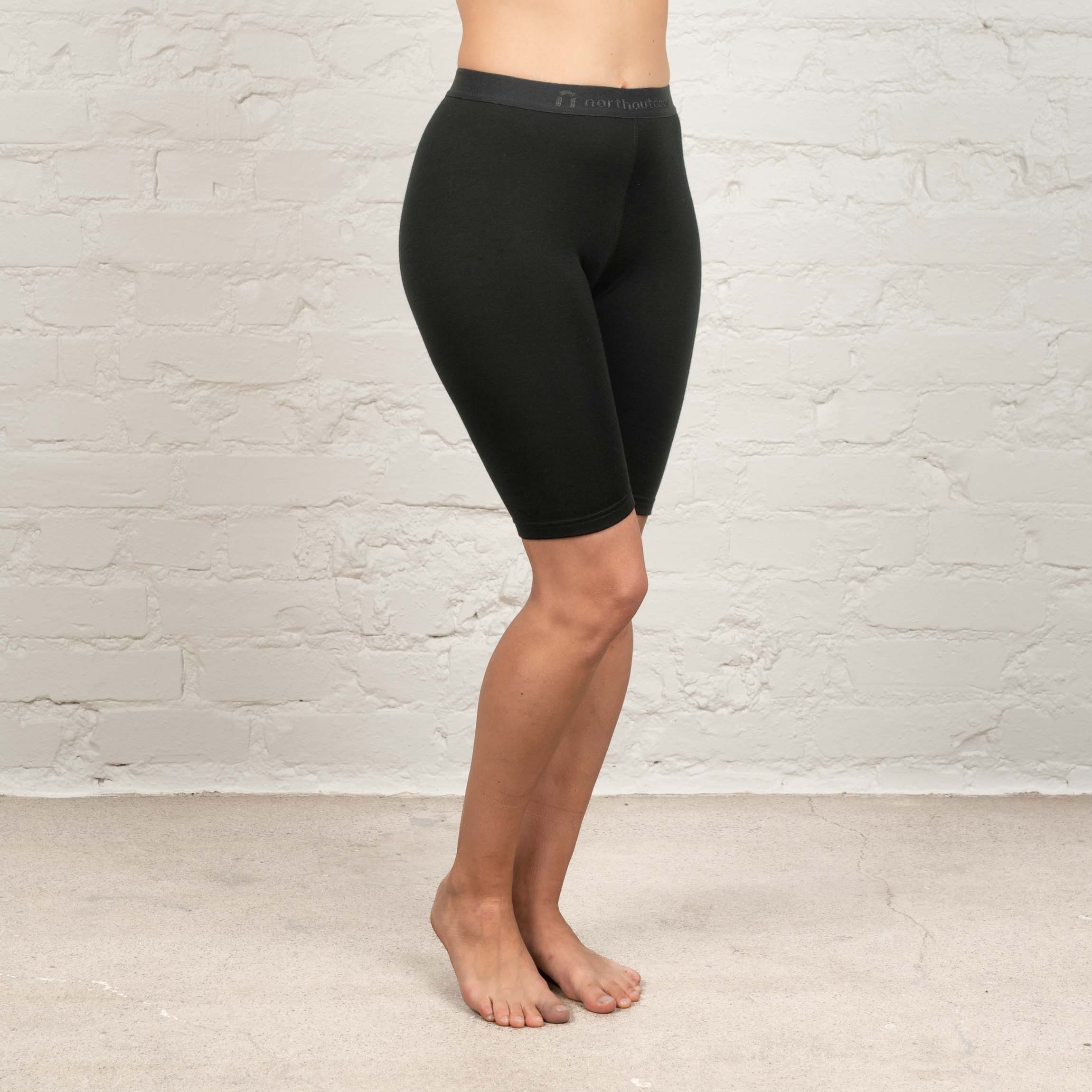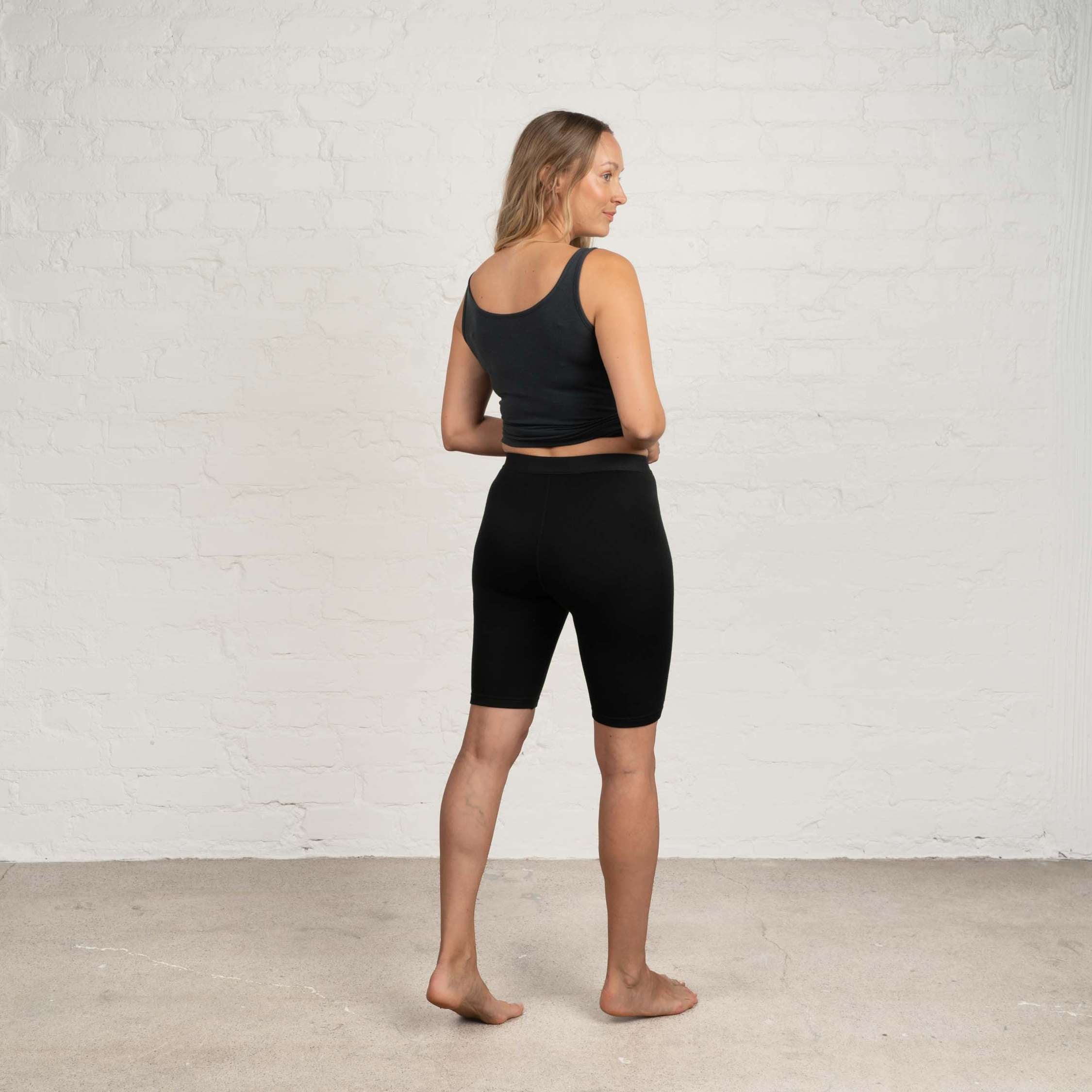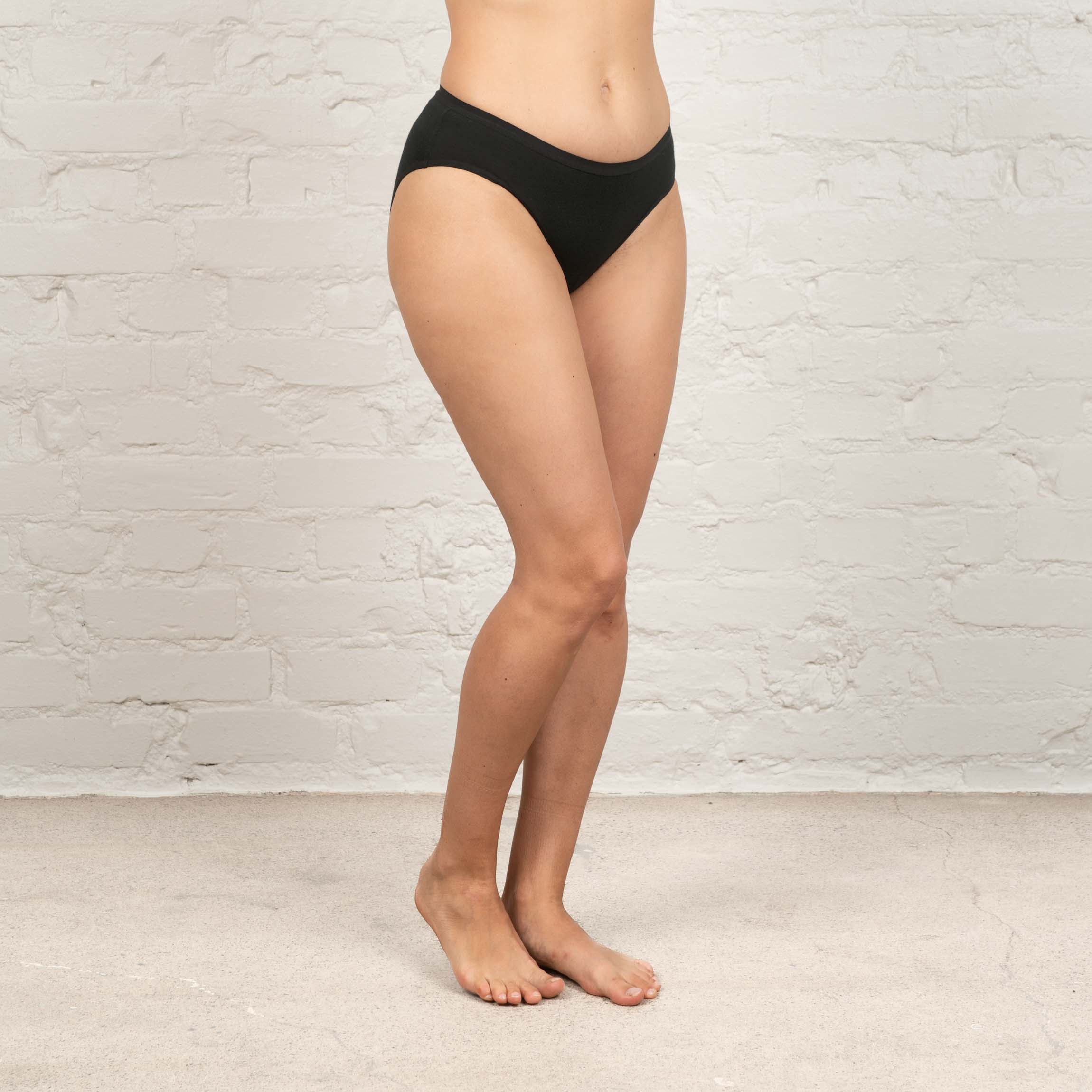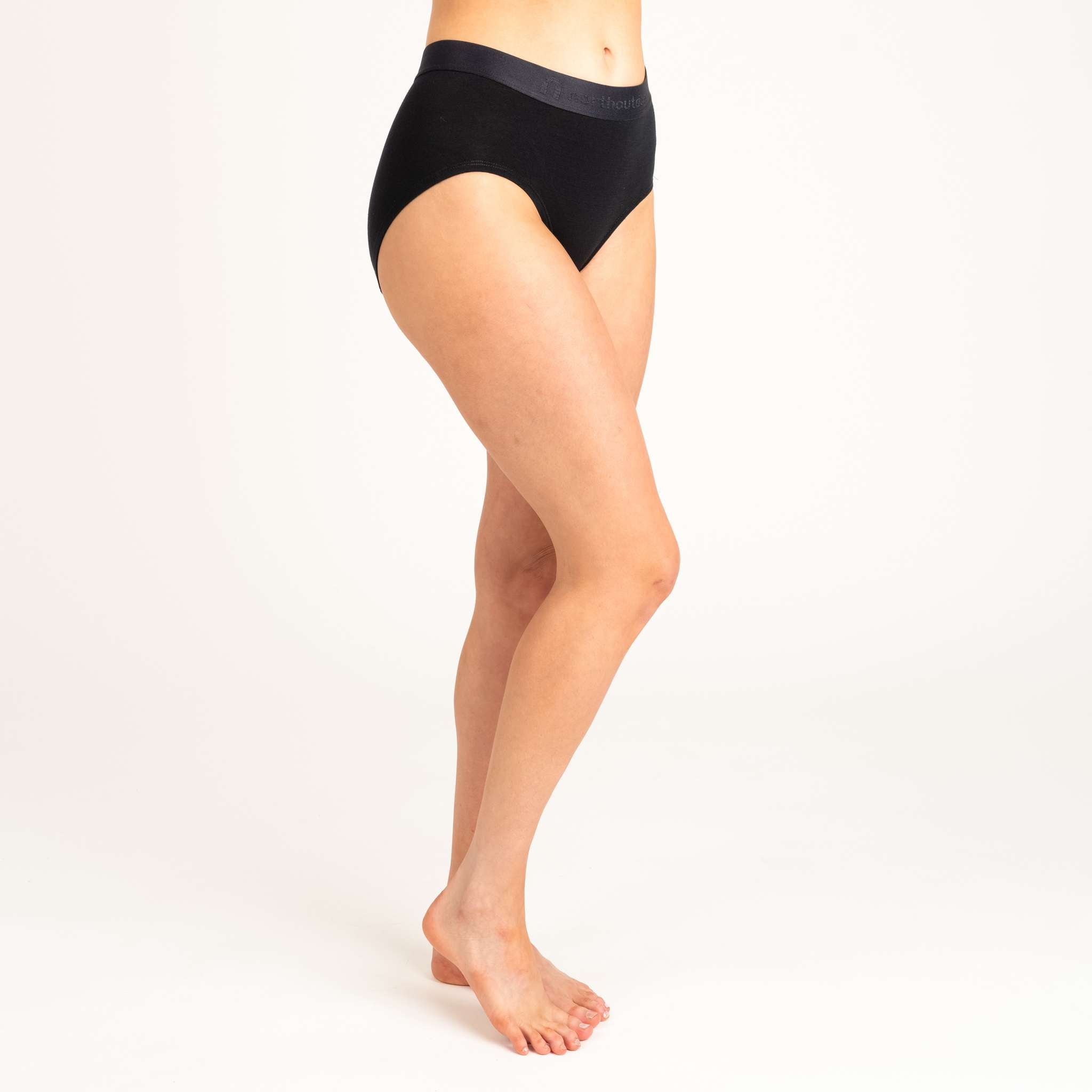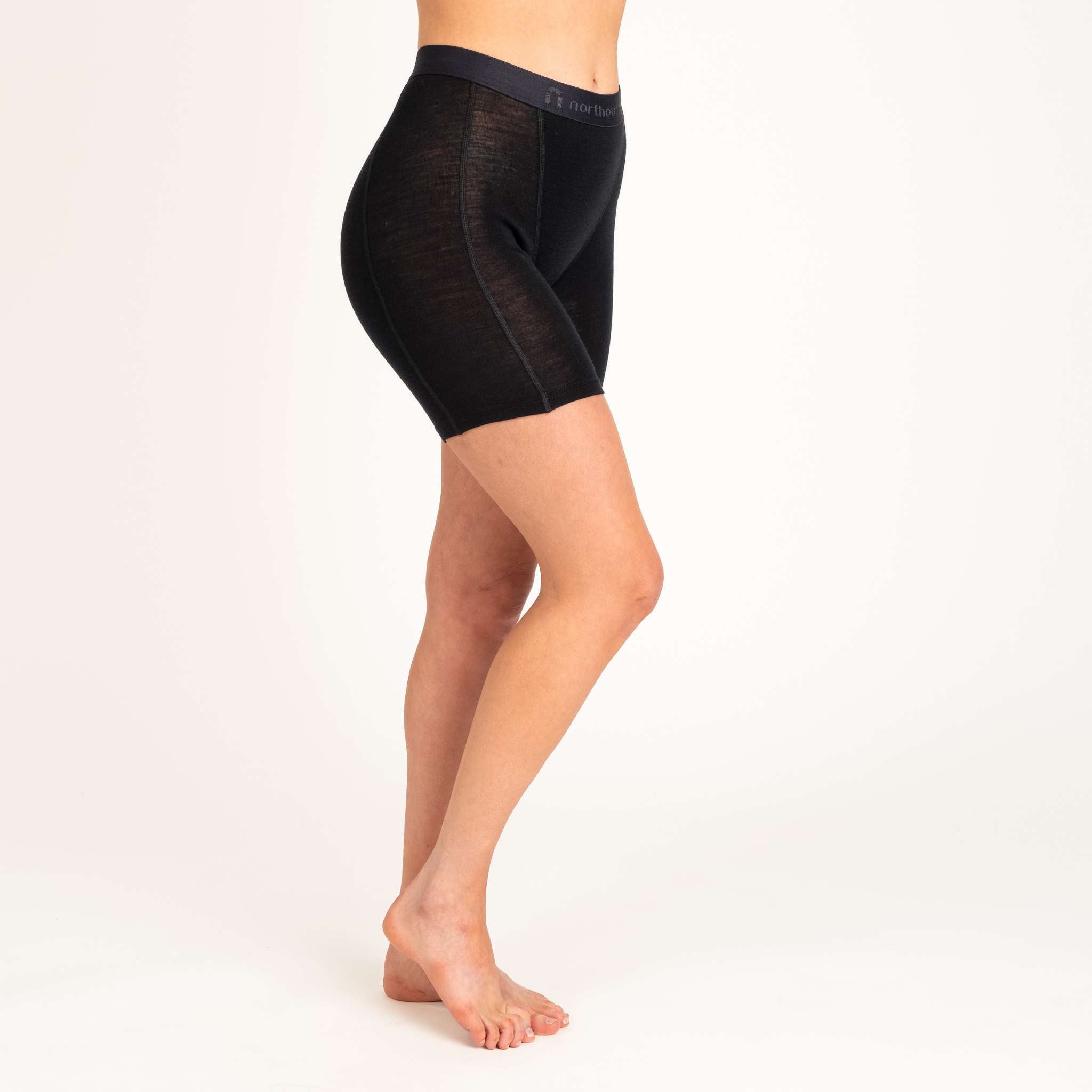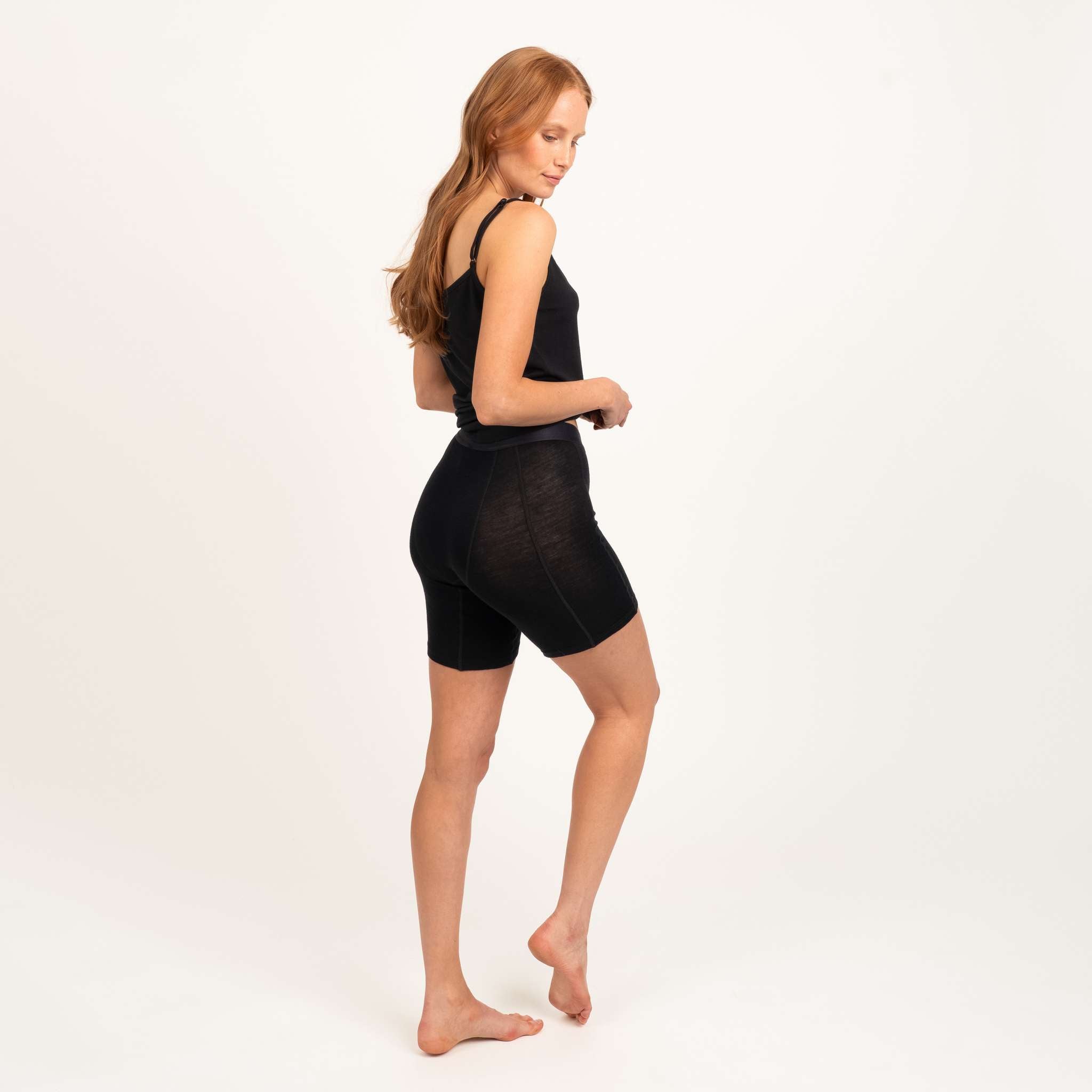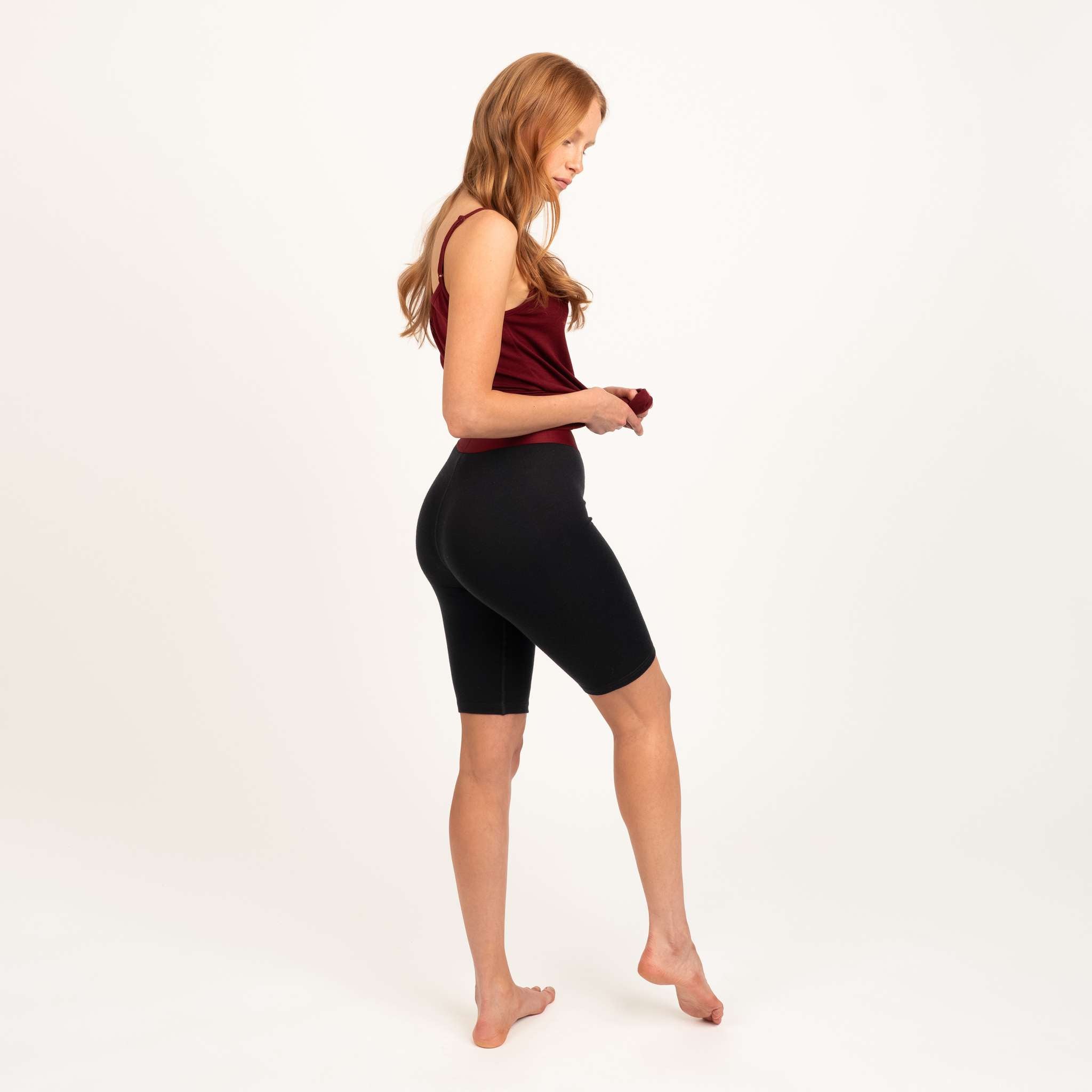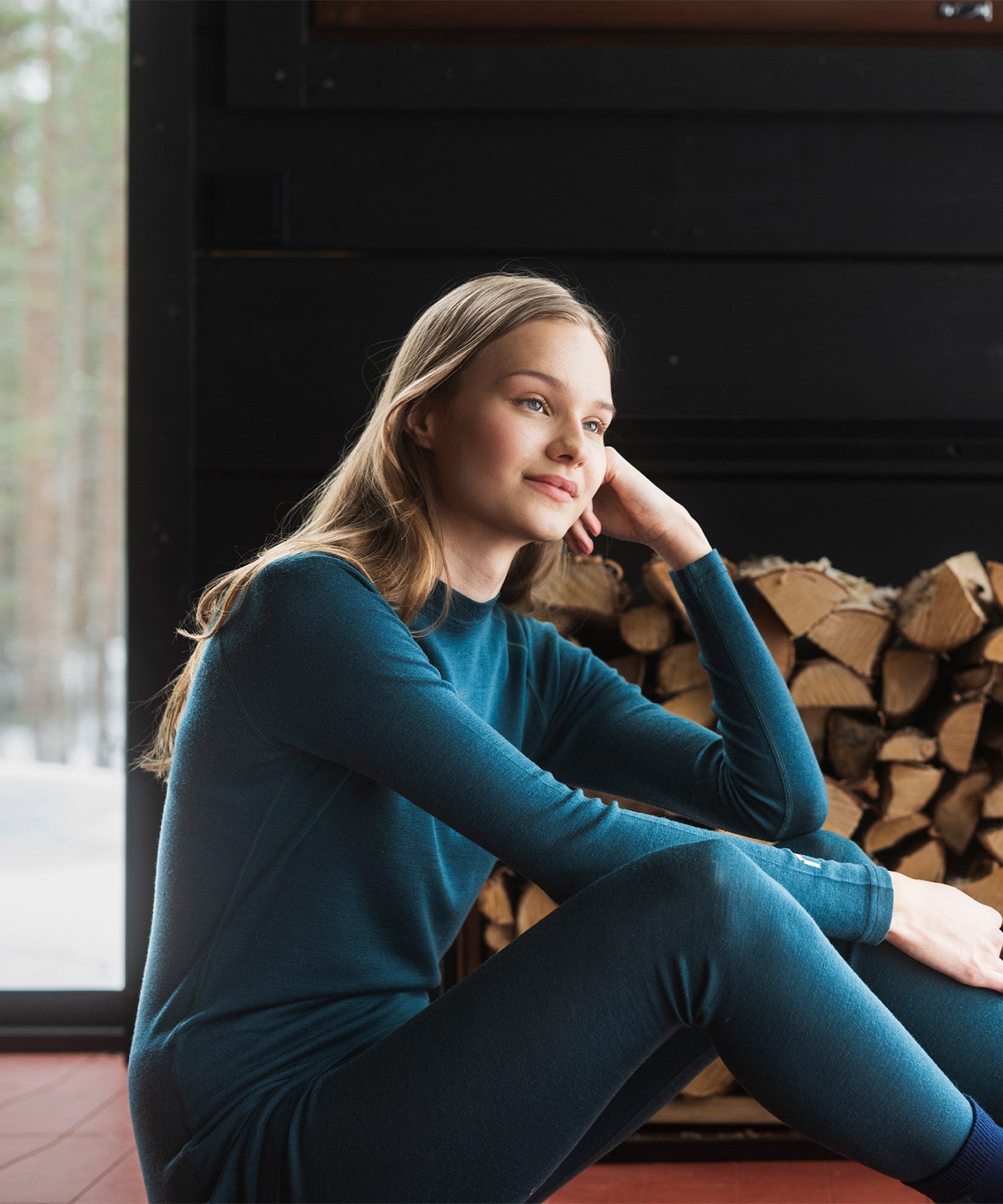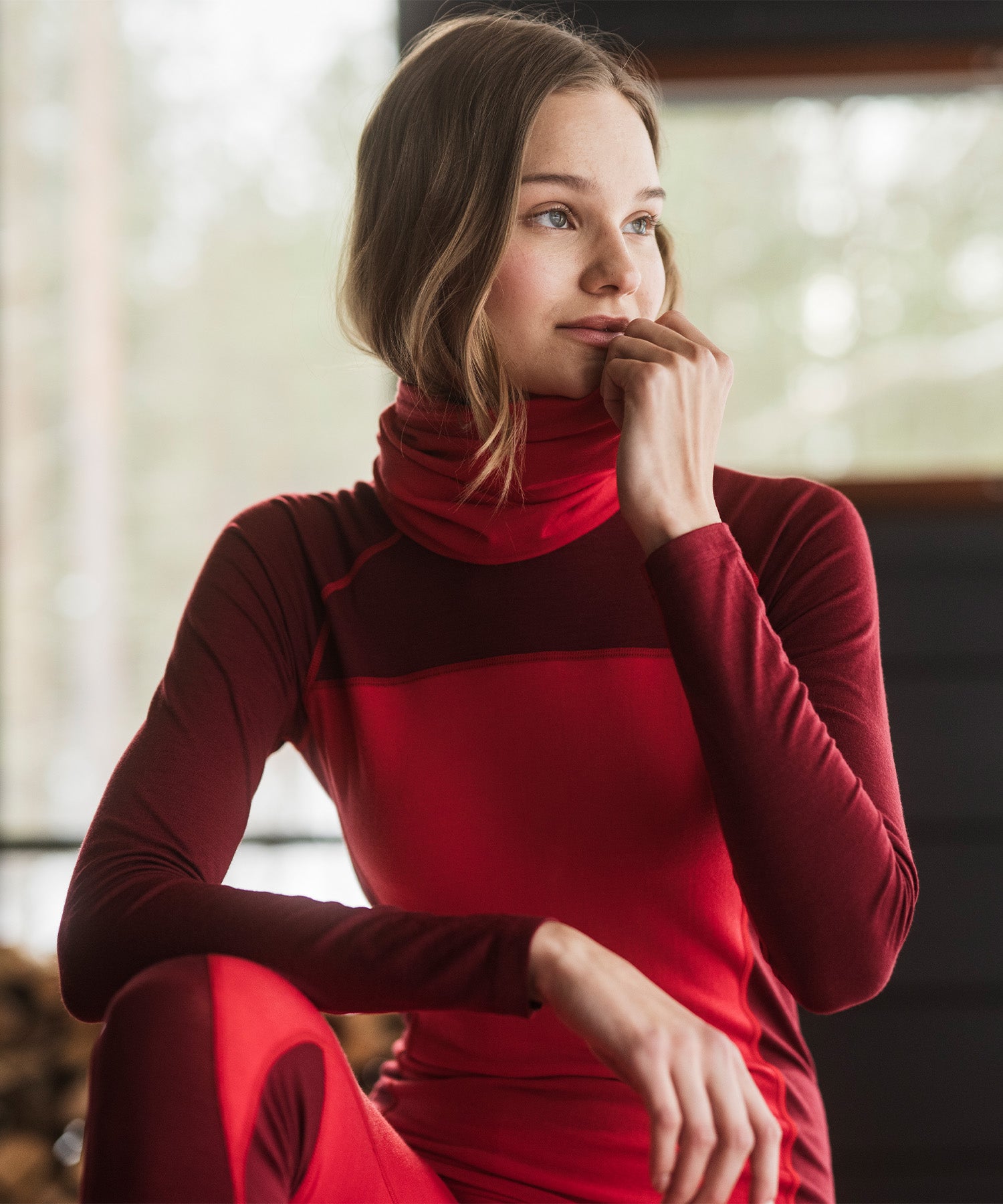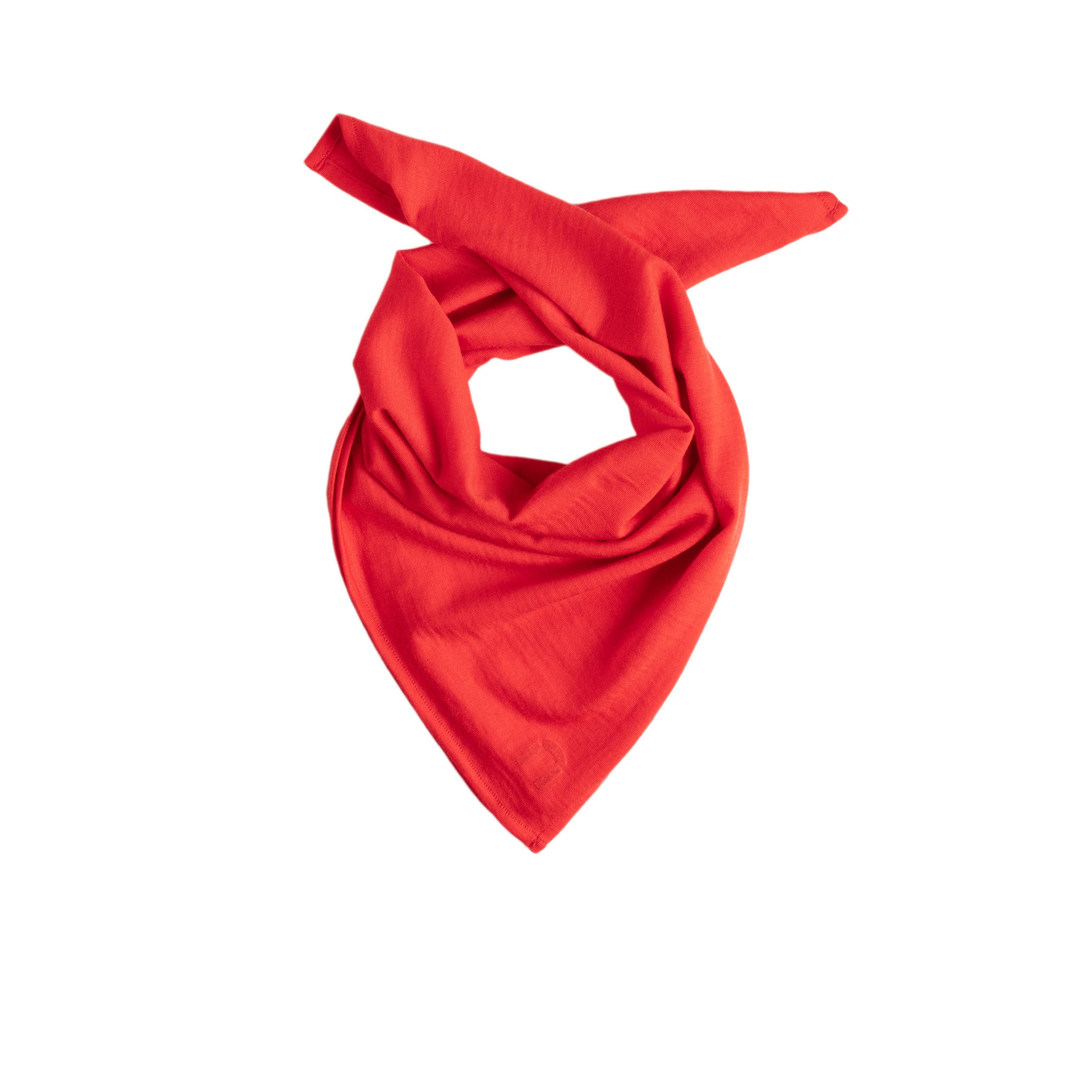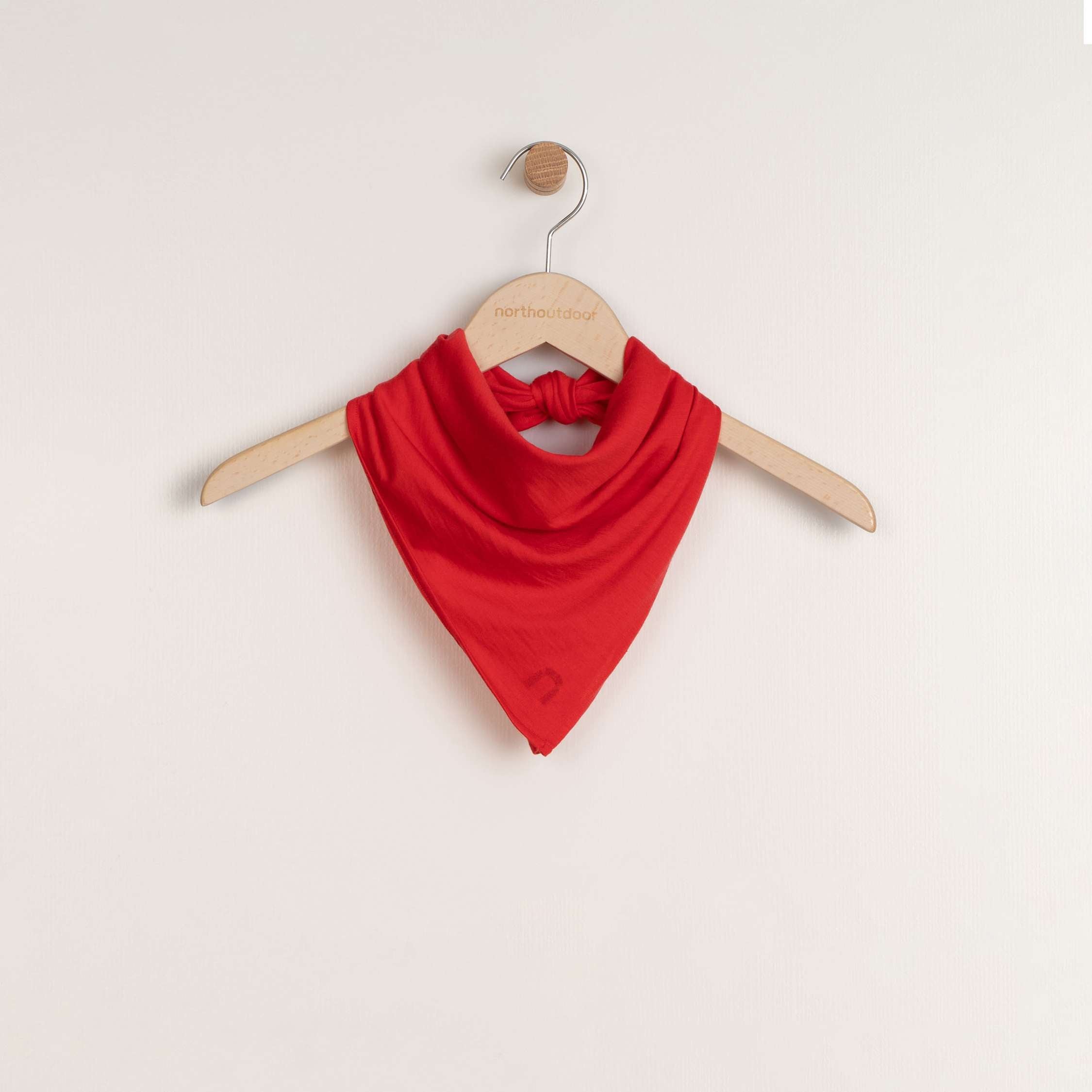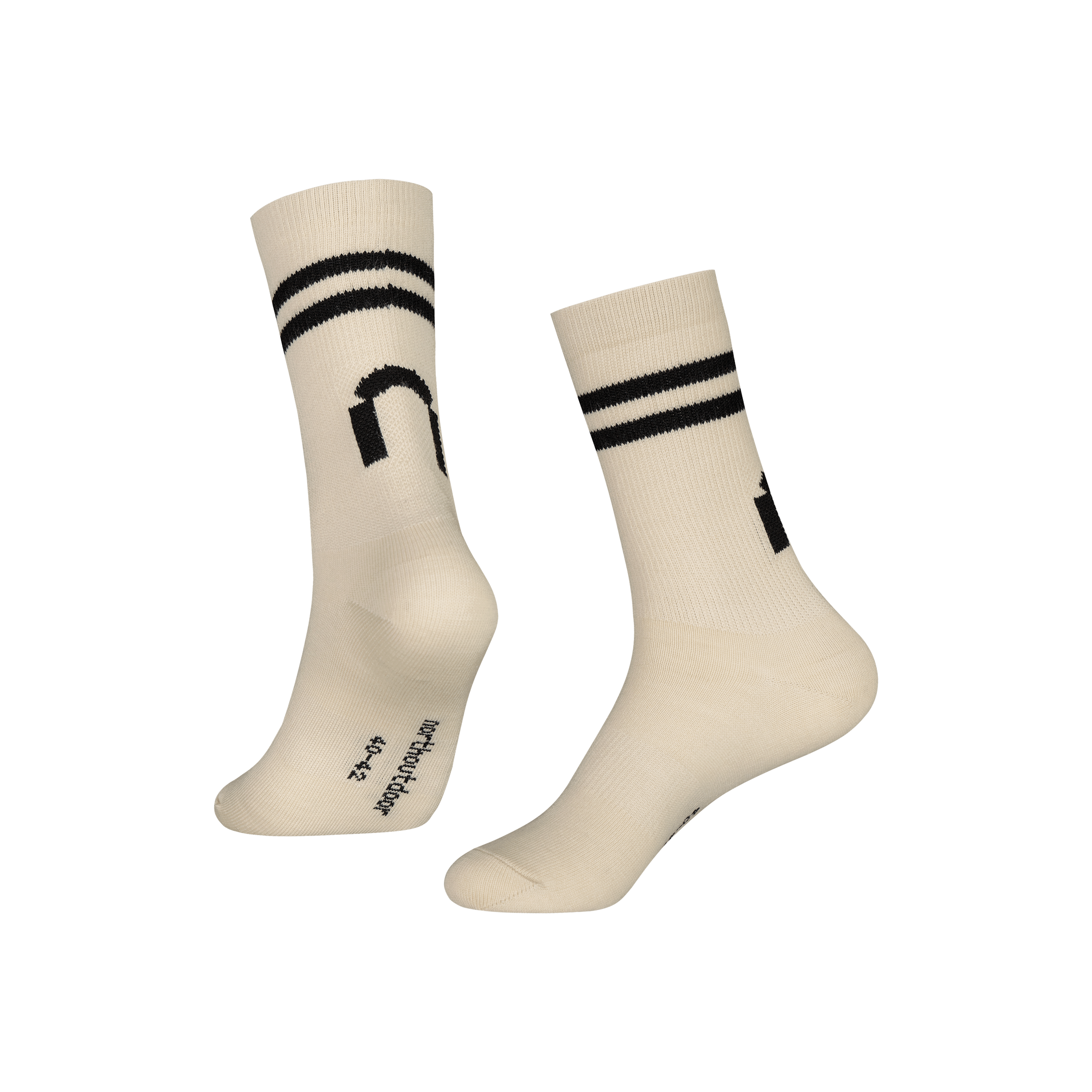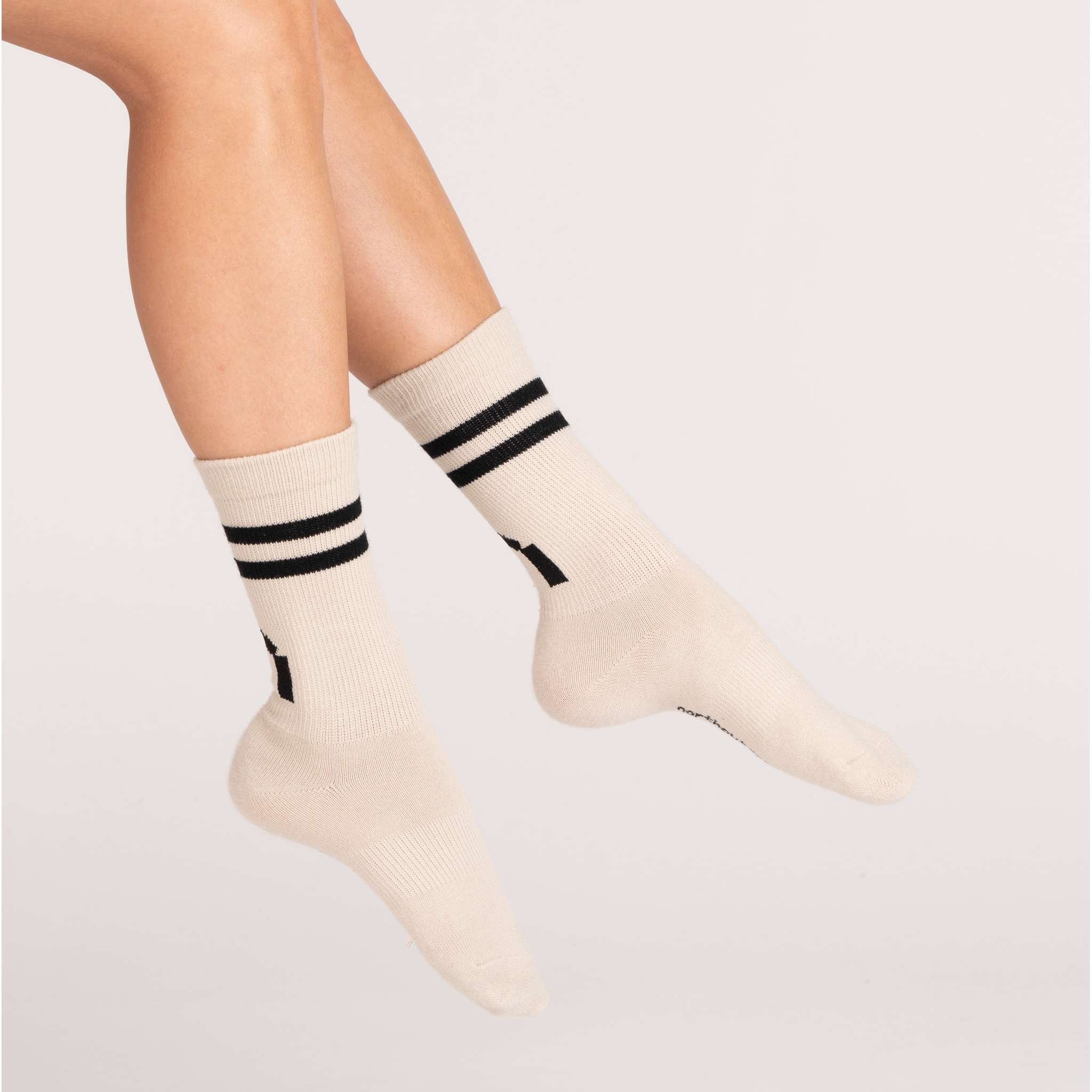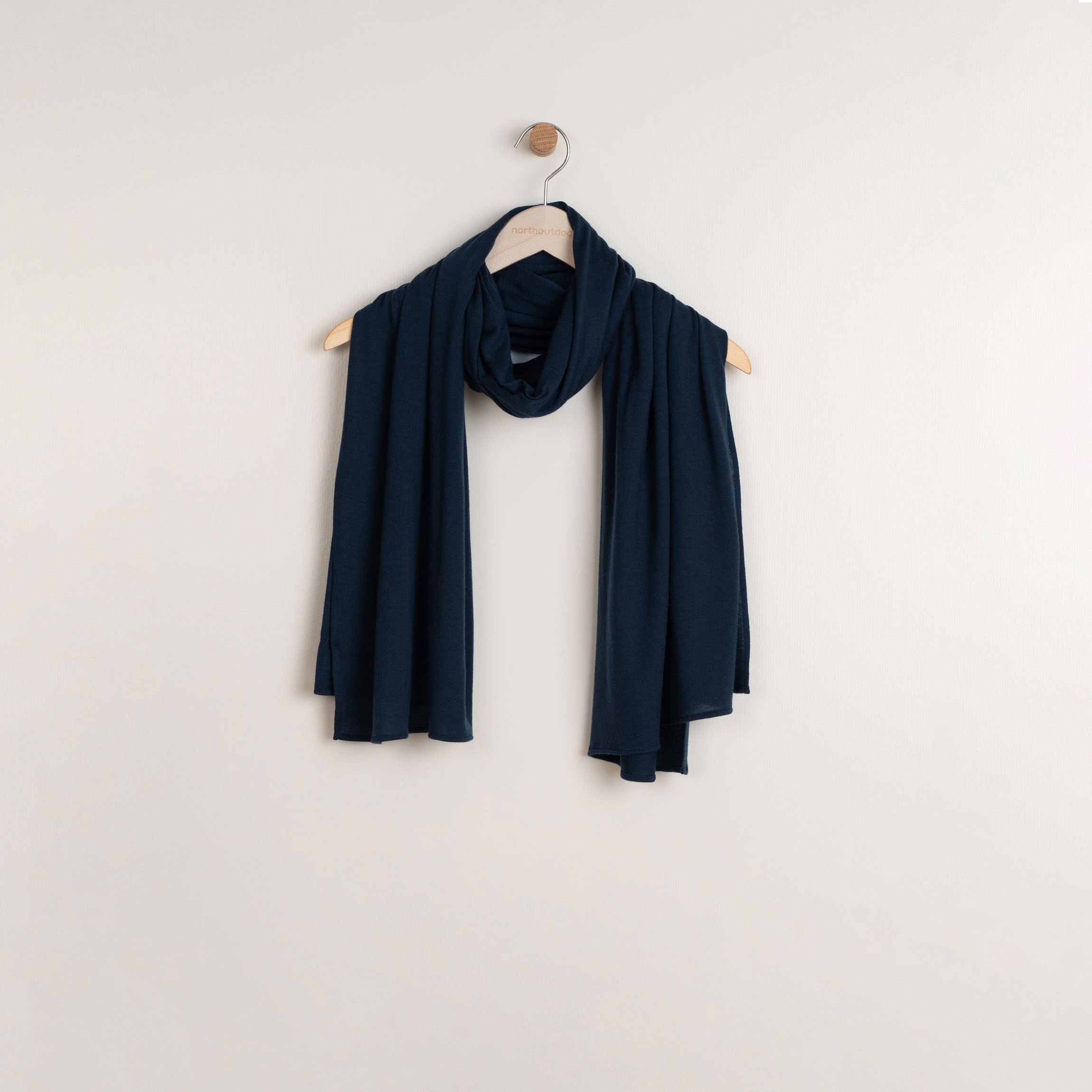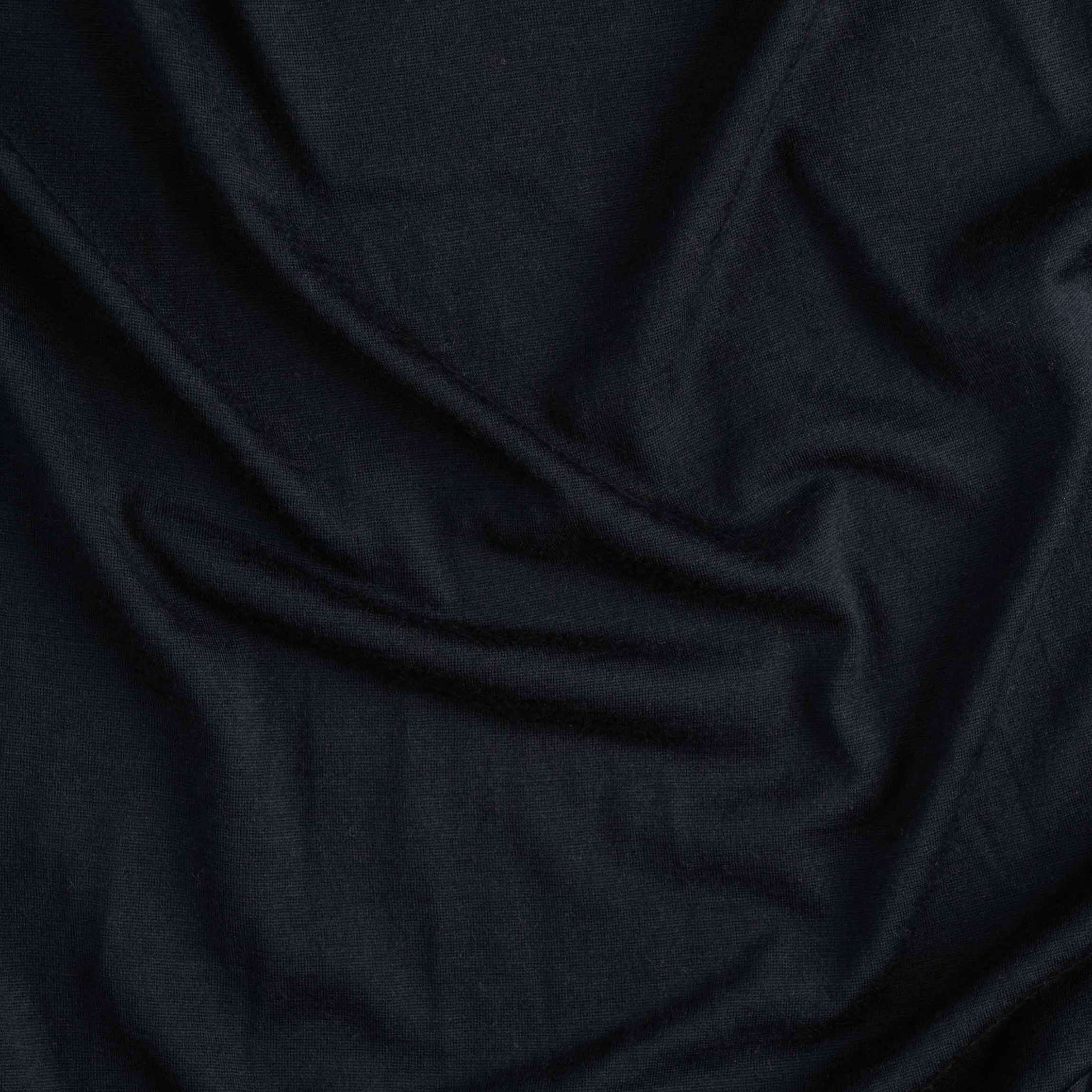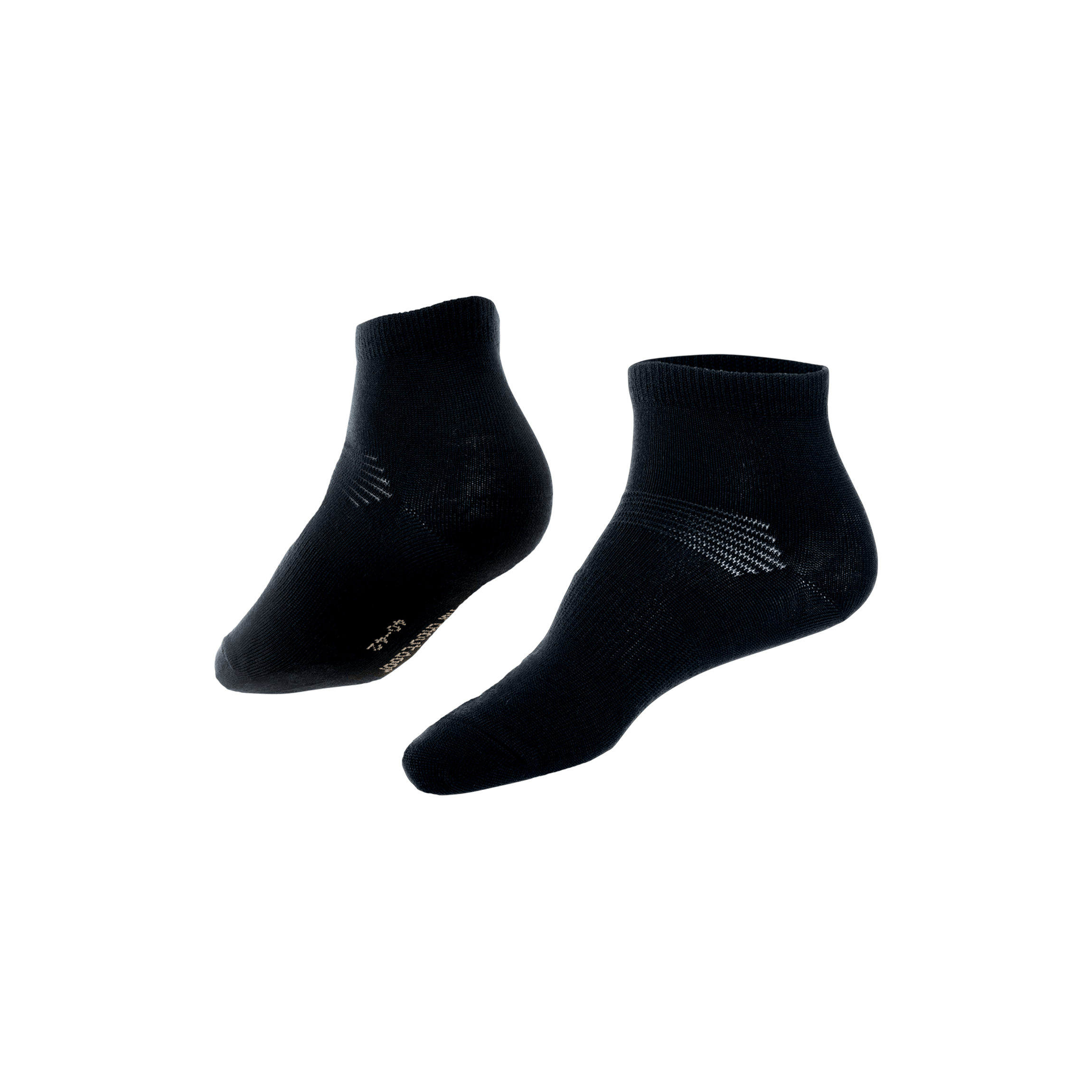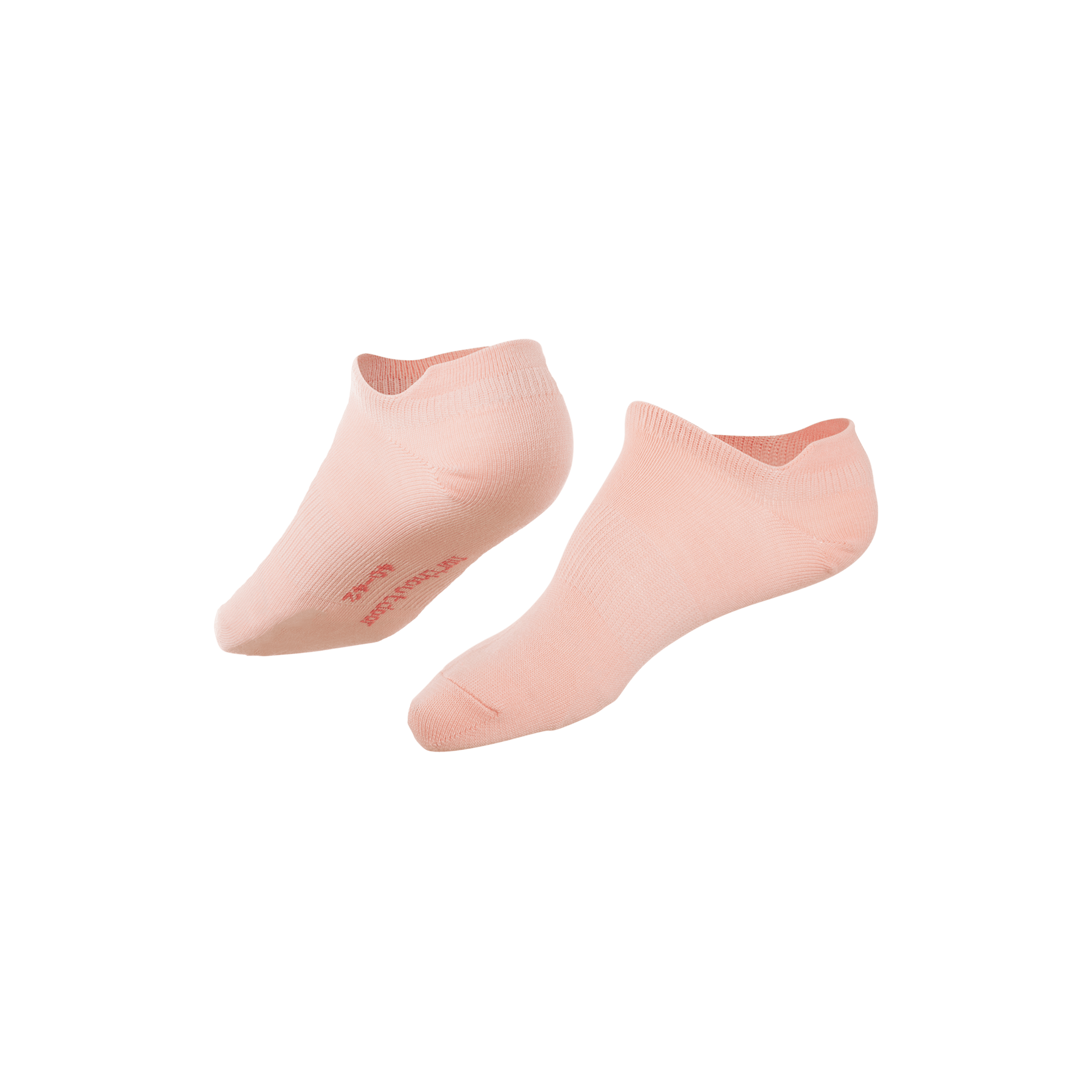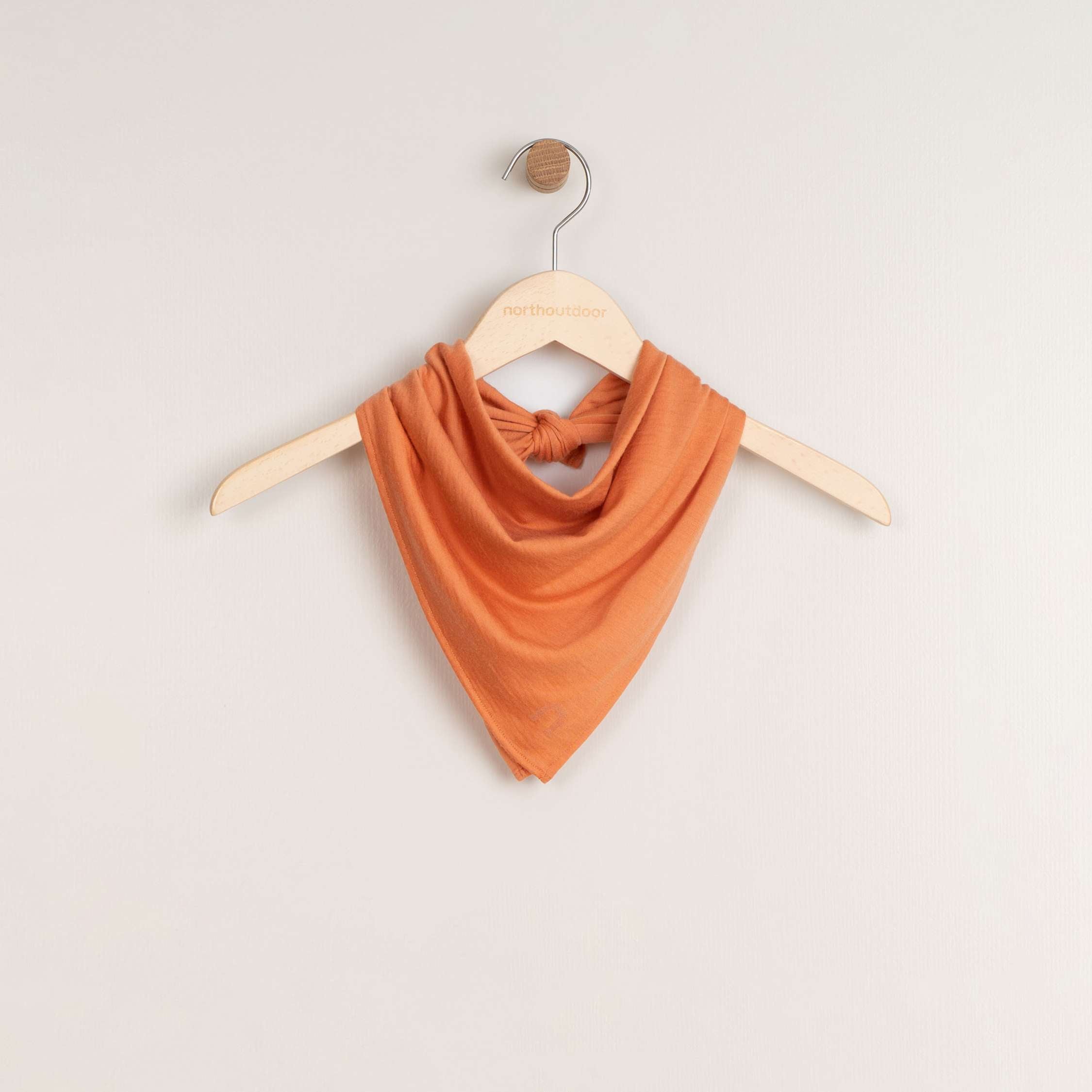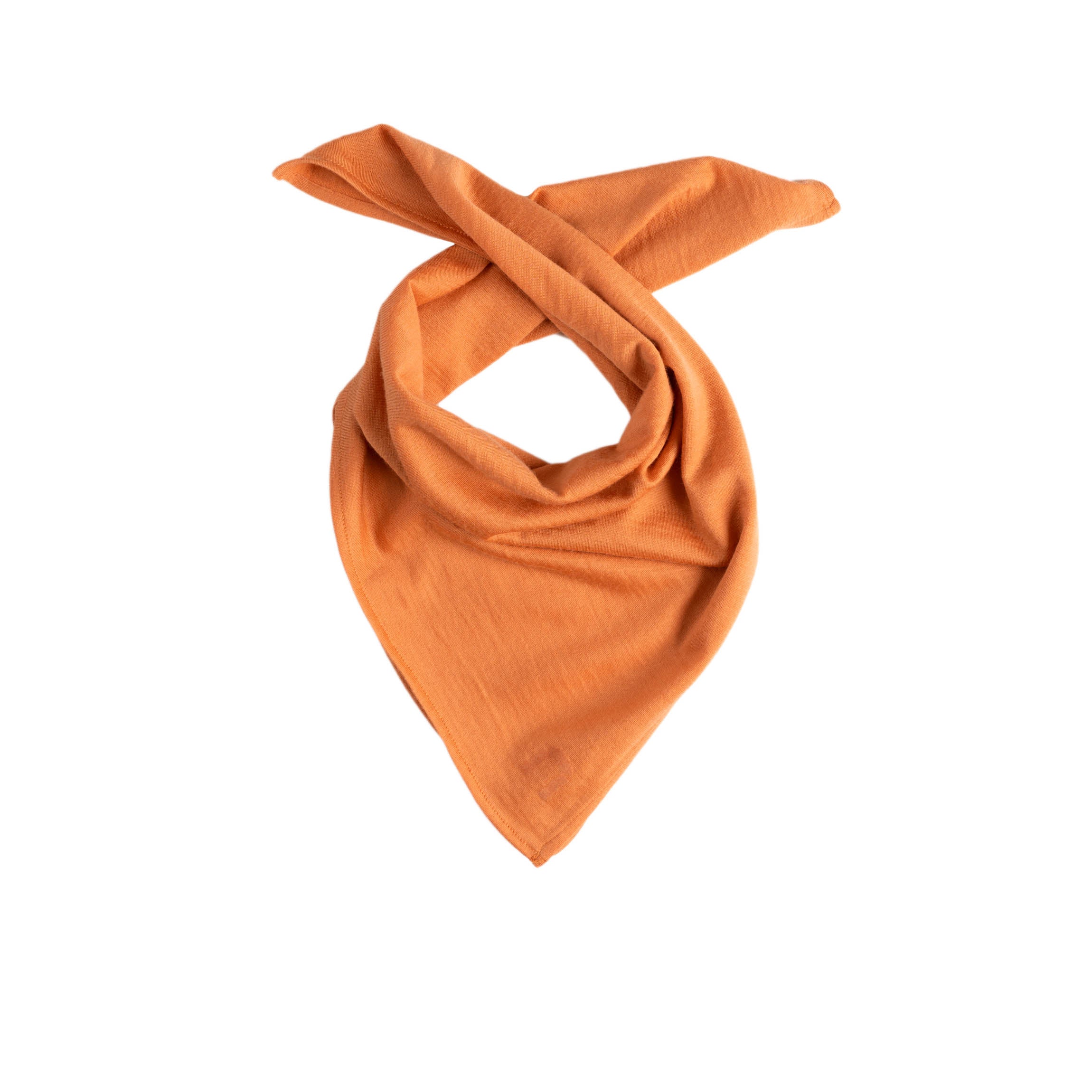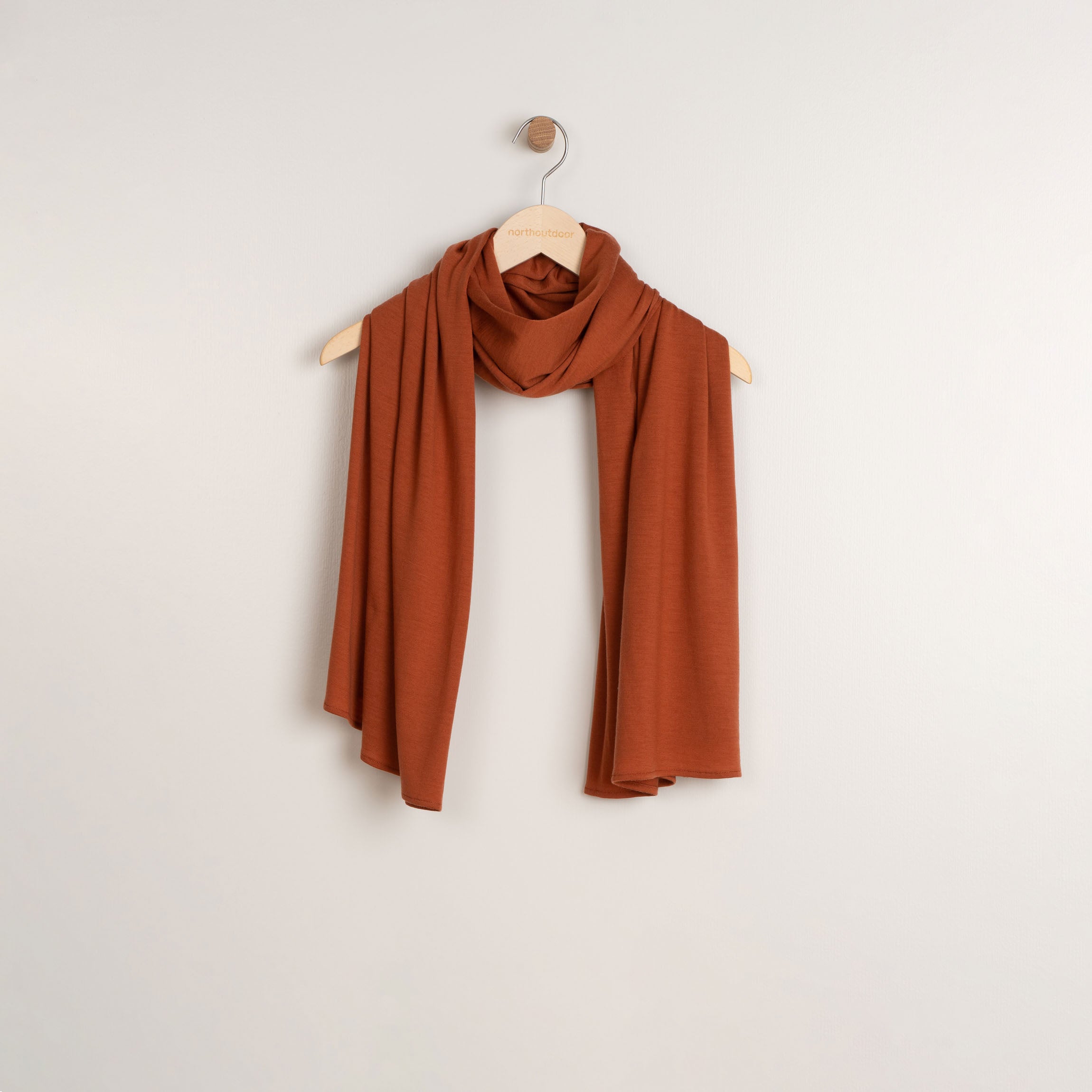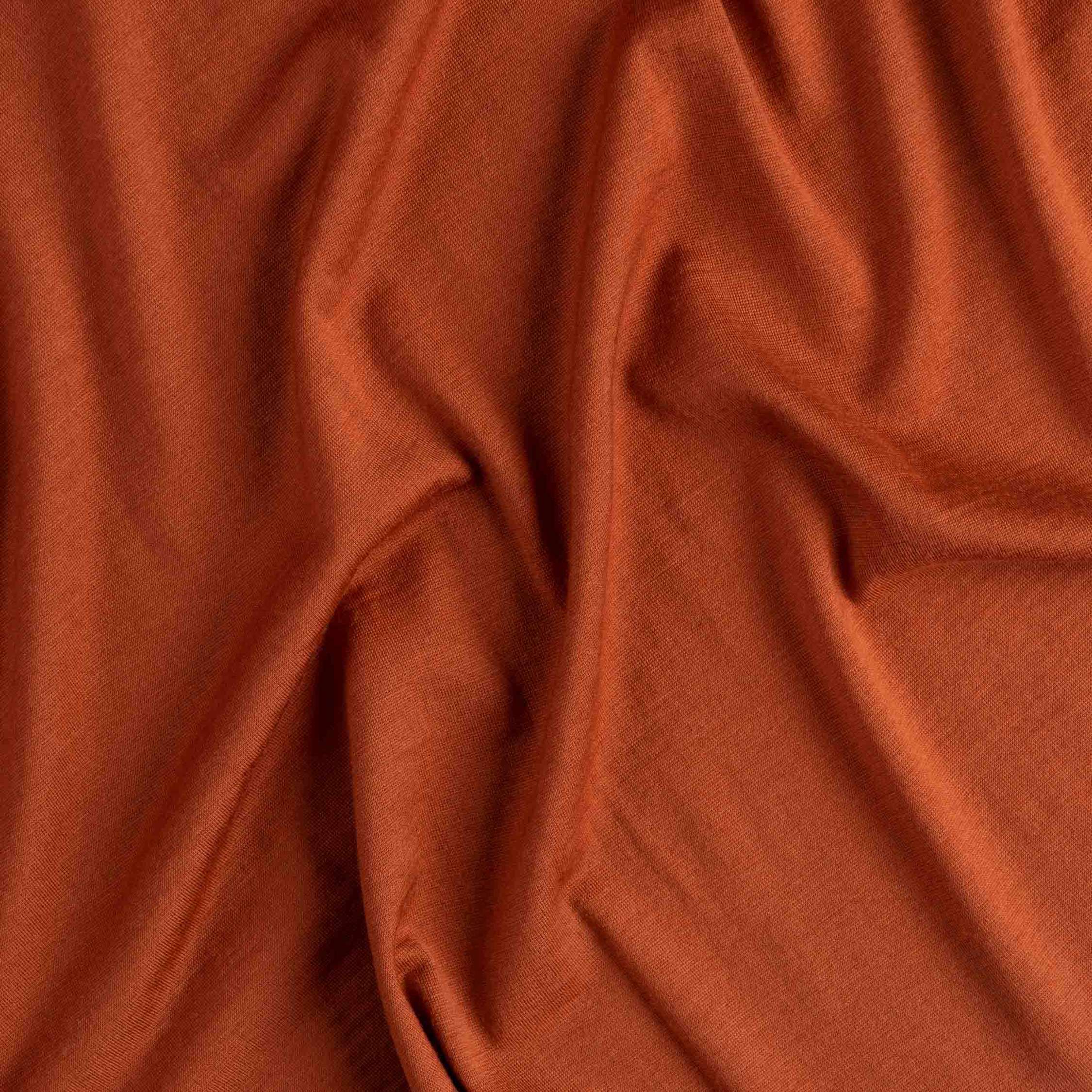The principles of layering:
The cornerstone of layering is the three basic layers: base layer, mid layer and shell layer. In severe frosts, a fourth insulating layer is often needed, which is added to the top layer. mid layer and the shell layer.
The key to layering is to choose the clothing that suits you best, combining them to create many different options for changing weather conditions. By layering your clothing, you can easily adjust your outfit to suit the day, the outing and the weather. In the North Outdoor range, you'll find merino wool underwear and mid layer clothing, additional insulating insulation, socks for layering and accessories to maximise warmth in the cold season.
Thermal insulation and moisture transfer
Choose a thermal insulating and moisture-wicking underlayment as the first layer. Merino wool is a great choice for this purpose, as it keeps heat close to the skin and wicks moisture away from the skin, keeping you dry and warm.
For the best benefit, wear base layer moisture-wicking merino wool underwear. Keeping the under layer dry means you'll stay warm too. When choosing your underwear and underlayer, it's worth investing in good quality merino wool-quality underwear.
Avoid cotton!
Try to avoid cotton clothes and socks, as cotton absorbs moisture and does not transfer it to the outer layers. Cotton feels comfortable on the skin at first, but cotton material wets quickly and does not dry easily, quickly causing a cold feeling in the body.
Most popular merino wool underwear
Mezzanine
The interlayer is clothed base layer on top. A good interlayer traps as much air as possible and makes the base layer a warm insulating layer between the shell layer that provides protection. A good interlayer is thin but warm, breathable and flexible. North Outdoor's mid layer products are made from merino wool. All products are lightweight and effectively breathable. There are several different types of interlayers. For severe frosts, a mid-layer is an absolute choice.
Arctic
ARCTIC -Our range of interlinings is made from 100% merino wool to withstand extreme frost conditions. The plush merino knit ensures exceptional warmth without compromising breathability. The intermediate layer is worn over the base layer when you want to get proper warmth against the cold.
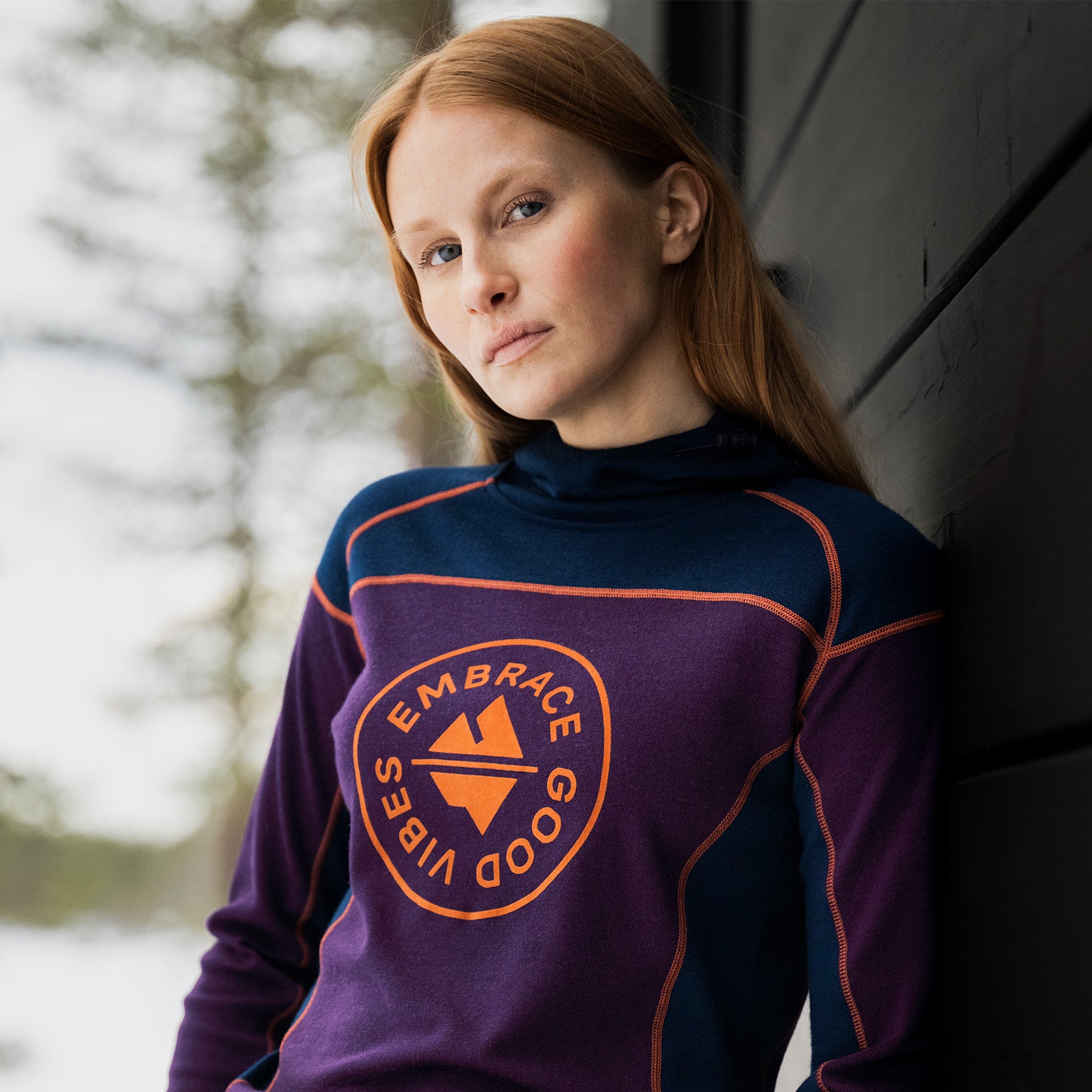
Arctic
ARCTIC -Our range of interlinings is made from 100% merino wool to withstand extreme frost conditions. The plush merino knit ensures exceptional warmth without compromising breathability. The intermediate layer is worn over the base layer when you want to get proper warmth against the cold.

Warming insulation layer
The third layer is the warming layer of the layering system, which should be given special attention in cold weather conditions. Choose a warming layer such as a merino wool sweater, which keeps the heat close to your body and helps you stay warm when you're outdoors. The insulating layer is worn underneath and on top of the mid layer on top. North Outdoor has a range of different merino wool sweaters for extra warmth. All North Outdoor merino wool sweaters are made from 100% merino wool. The range includes a variety of knitwear in different thicknesses and with different collars.
Sweaters for extra warmth
Protective layer
The top layer of a layering garment is a windproof and waterproof shell layer that protects you from weather conditions such as wind, rain or snow. Choose a weatherproof jacket that will keep you dry and warm in all weather conditions.
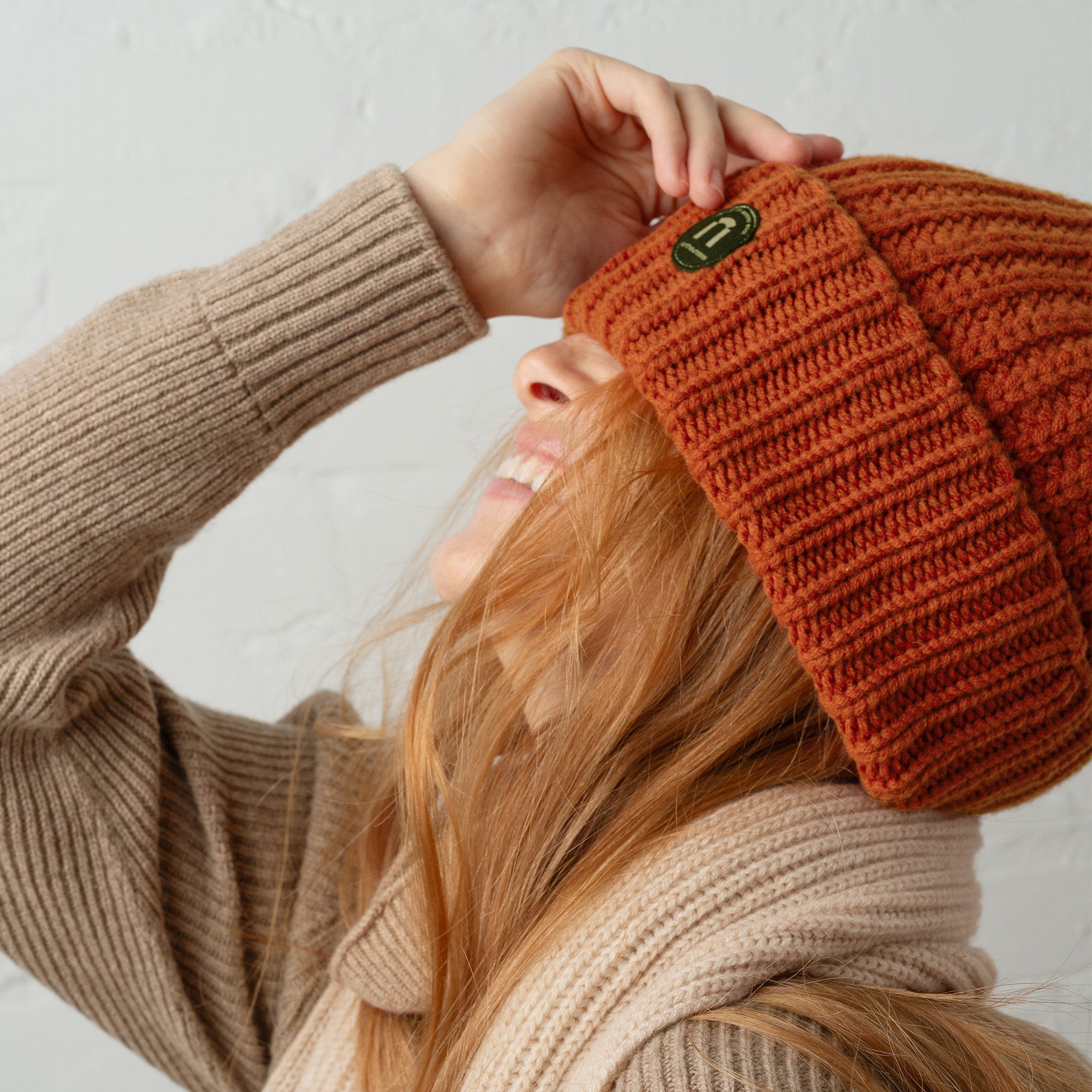
Hood and gloves
Maintaining body heat is also important for the head and hands. Choose warm hats and glovesto keep your head and hands warm in cold weather.
Scarf is a great way to add warmth to the neck and face area. Choose a soft and warm scarf to protect from the wind and keep your neck warm.
Don't forget your feet!
Choose warm and moisture-wicking socksthat will keep your feet dry and warm even on long outdoor hikes. Merino wool socks are an excellent choice for this purpose, keeping your feet warm and dry in all conditions.
Remember that merino wool is a reliable companion for warmth and comfort - choose a quality, durable material that can withstand harsh weather conditions.
Hood and gloves
Maintaining body heat is also important for the head and hands. Choose warm hats and glovesto keep your head and hands warm in cold weather.
Scarf is a great way to add warmth to the neck and face area. Choose a soft and warm scarf to protect from the wind and keep your neck warm.
Don't forget your feet!
Choose warm and moisture-wicking socksthat will keep your feet dry and warm even on long outdoor hikes. Merino wool socks are an excellent choice for this purpose, keeping your feet warm and dry in all conditions.
Remember that merino wool is a reliable companion for warmth and comfort - choose a quality, durable material that can withstand harsh weather conditions.



